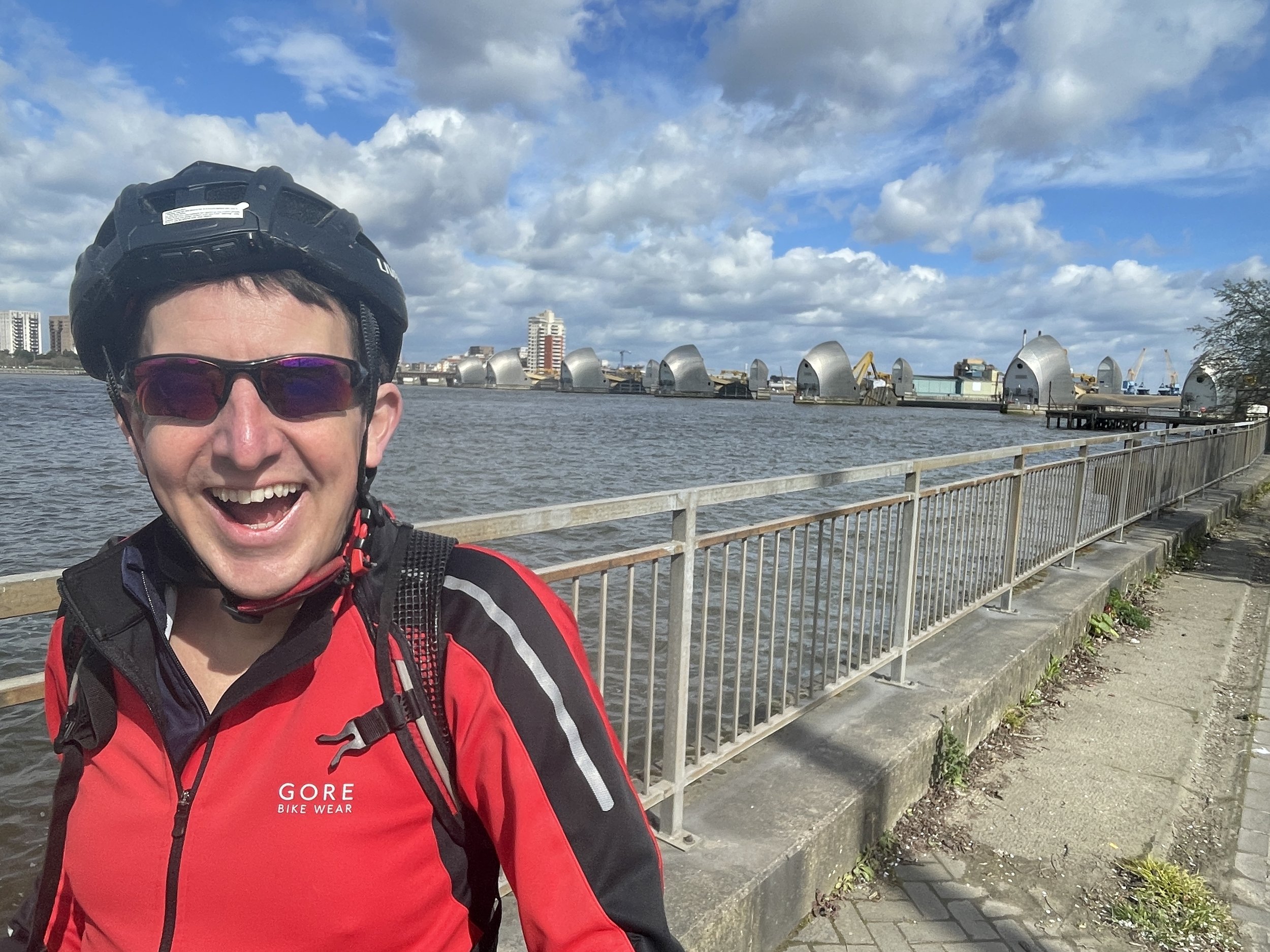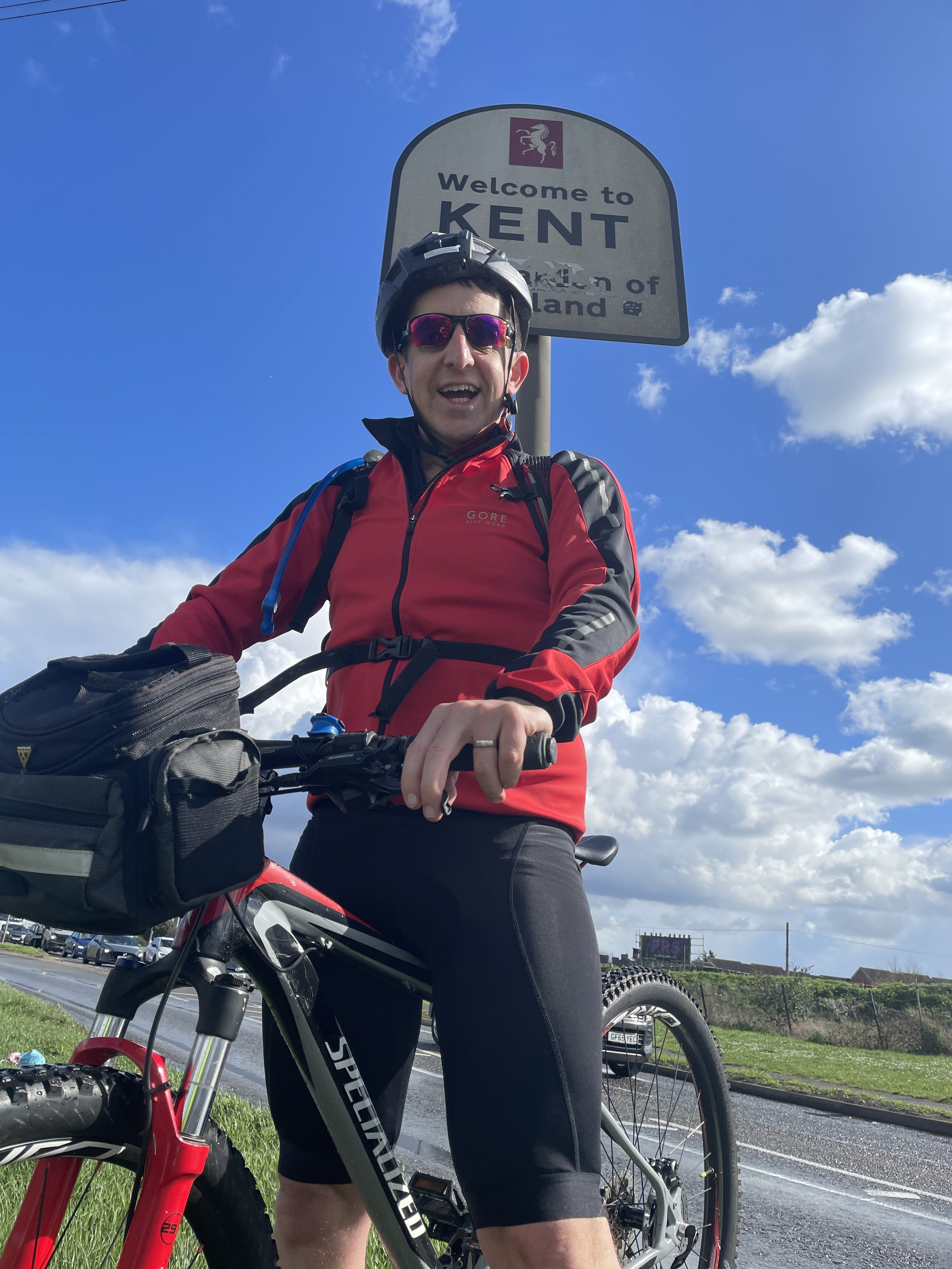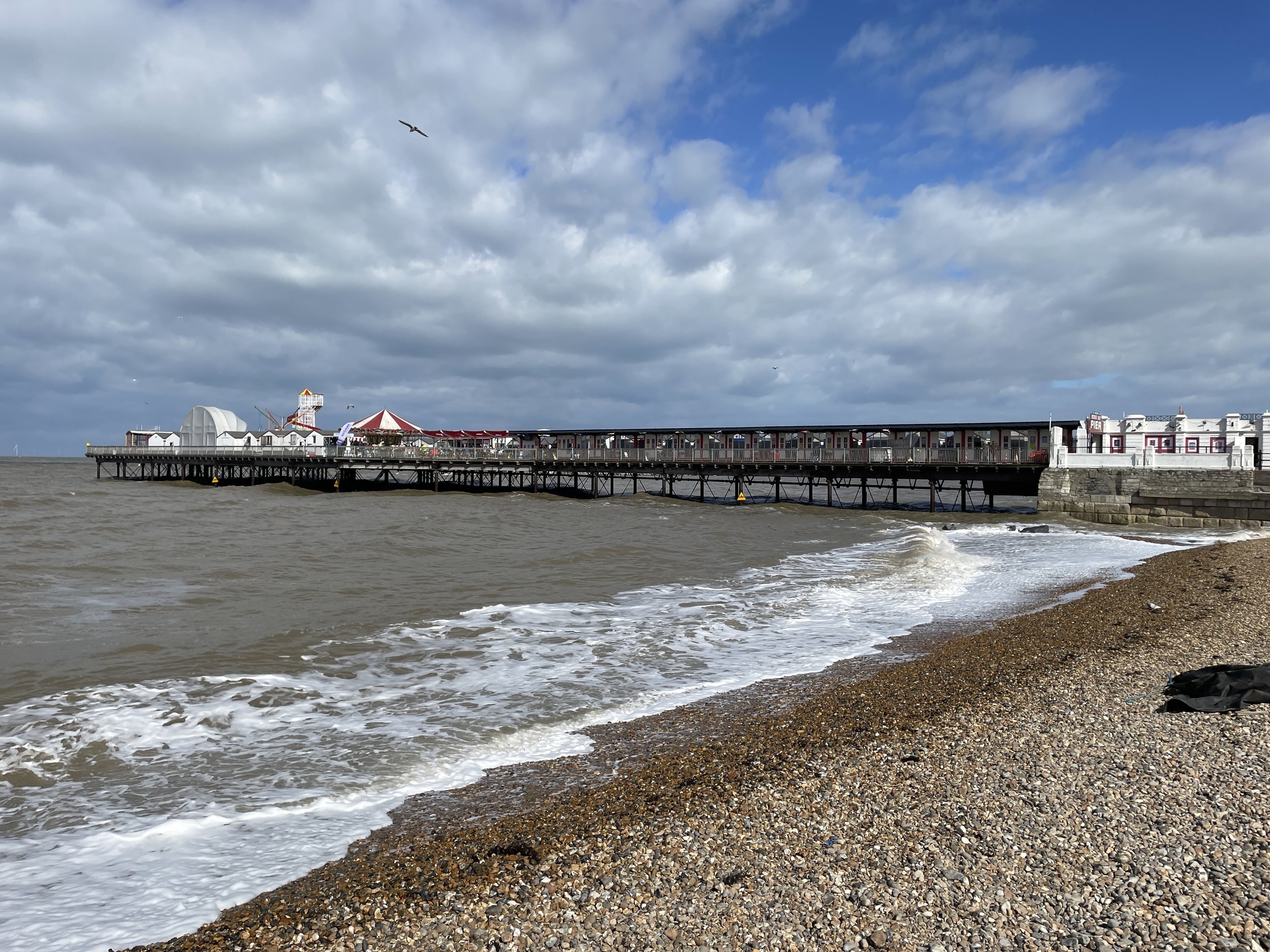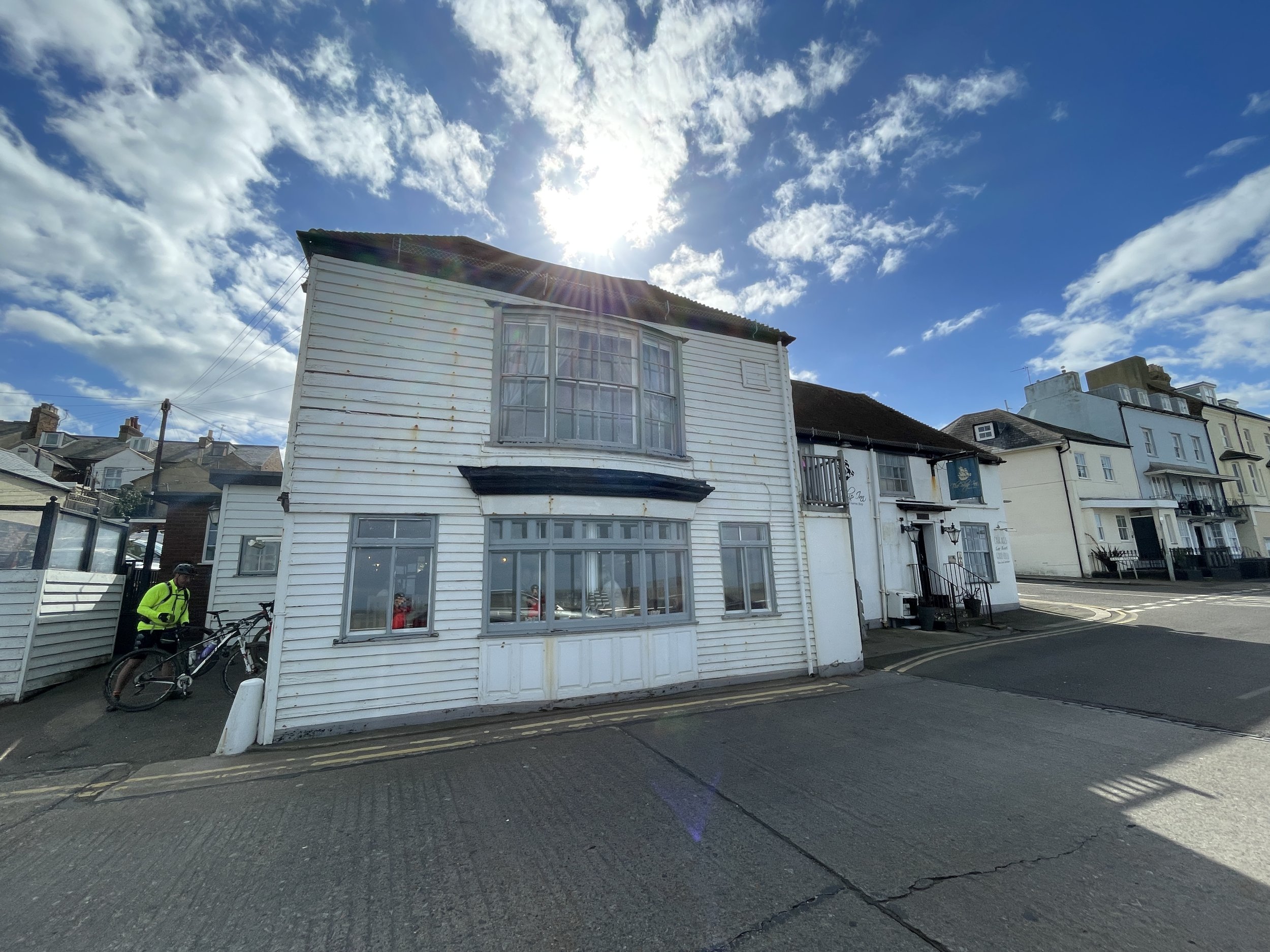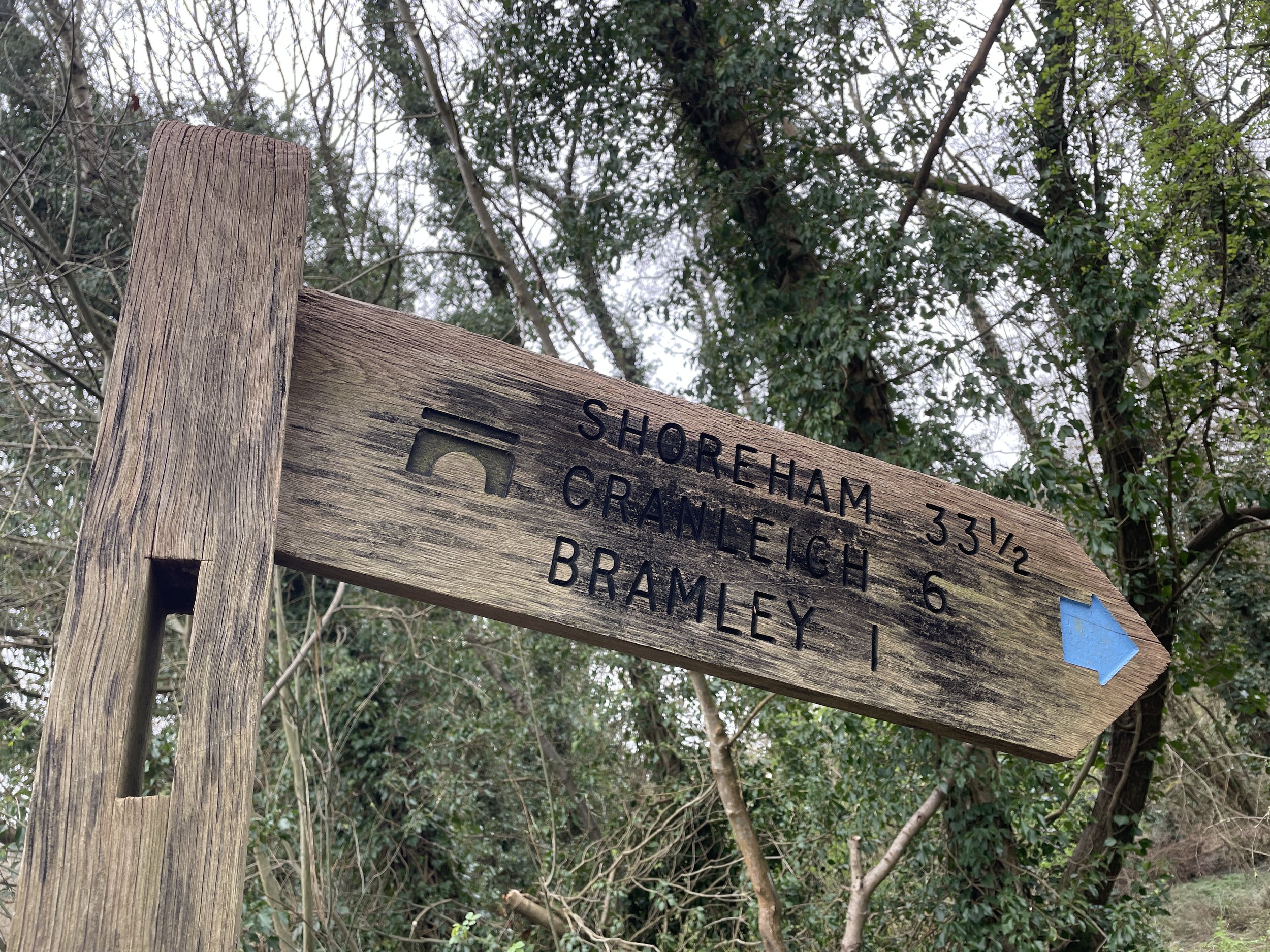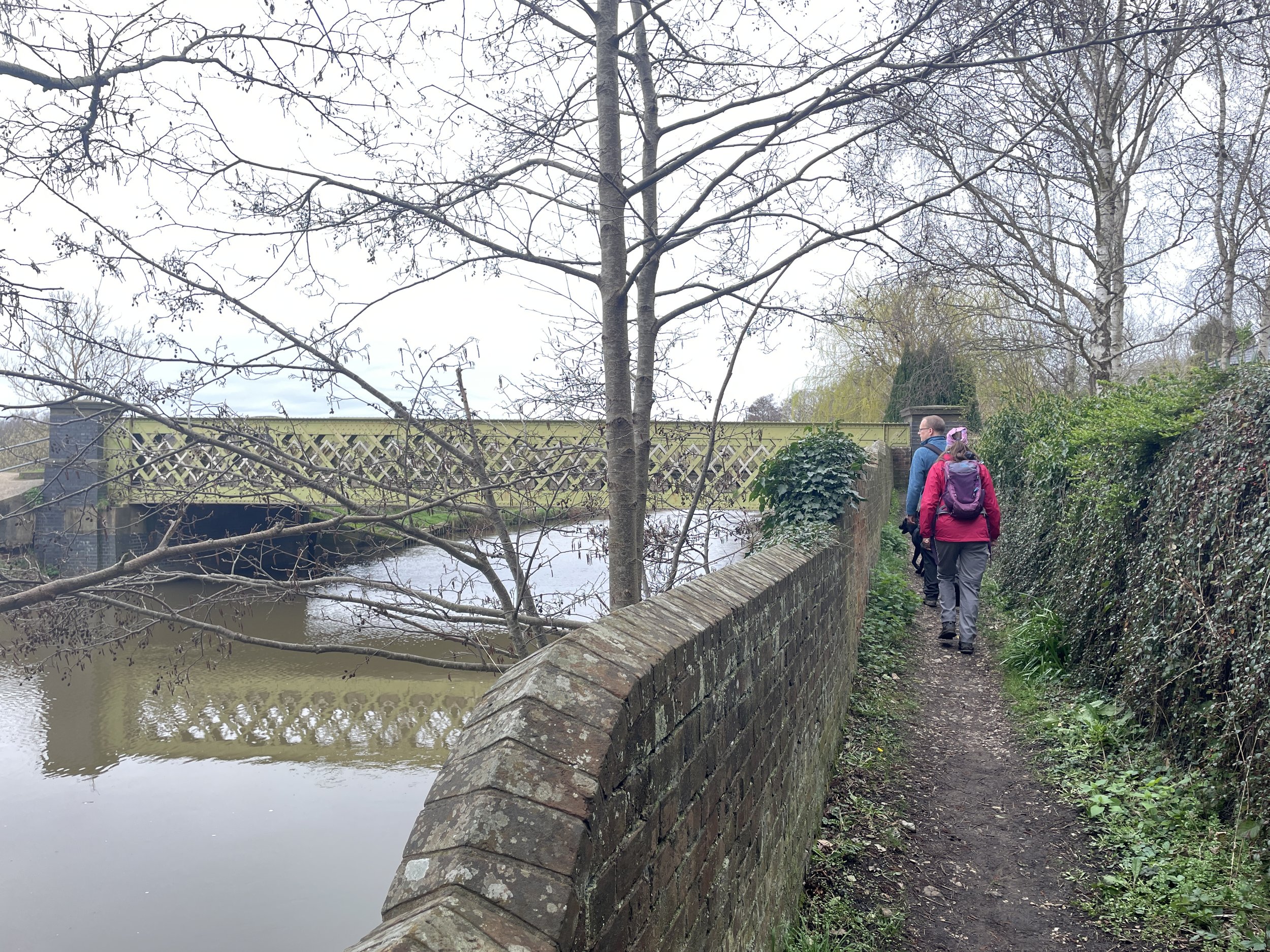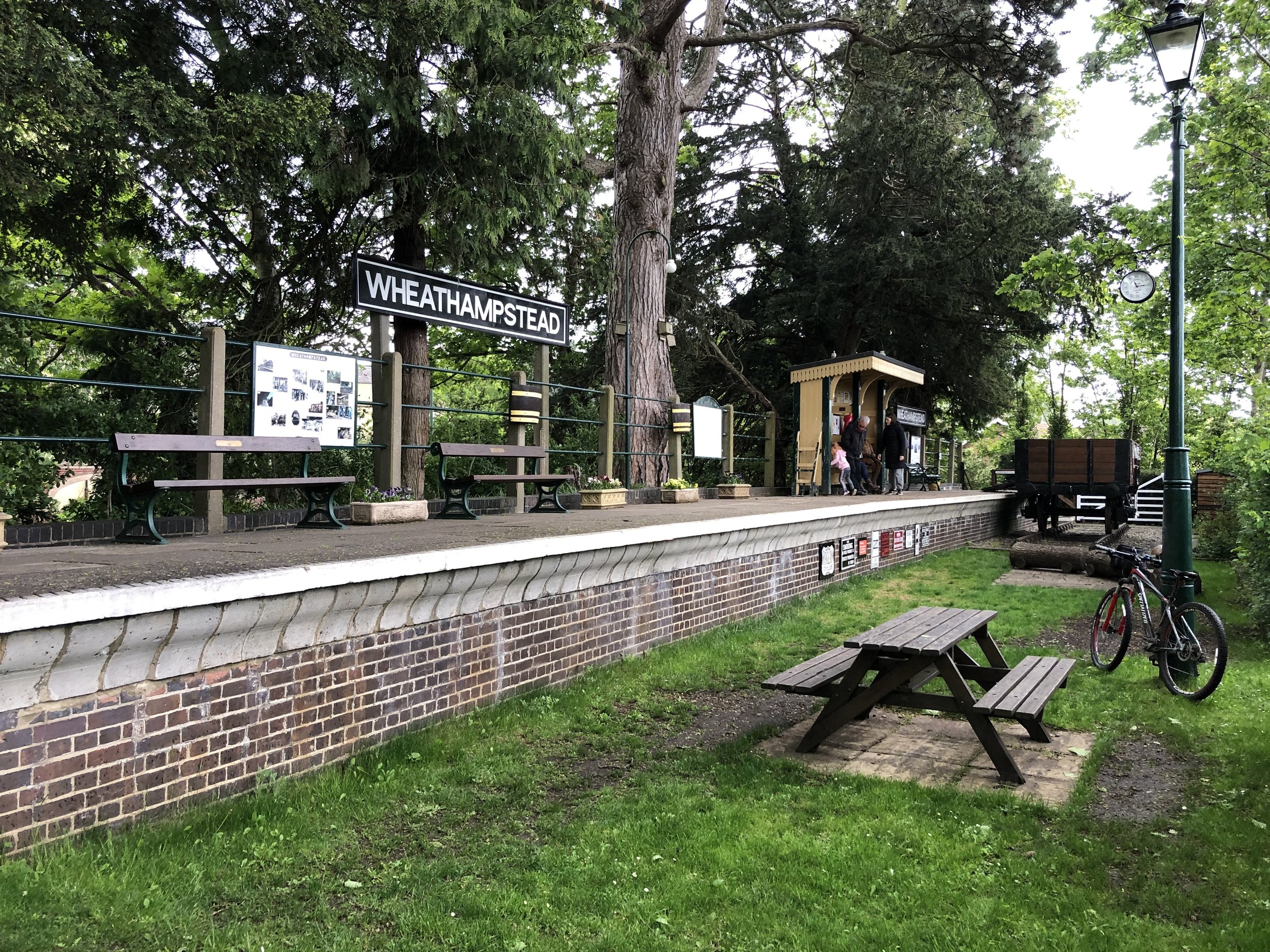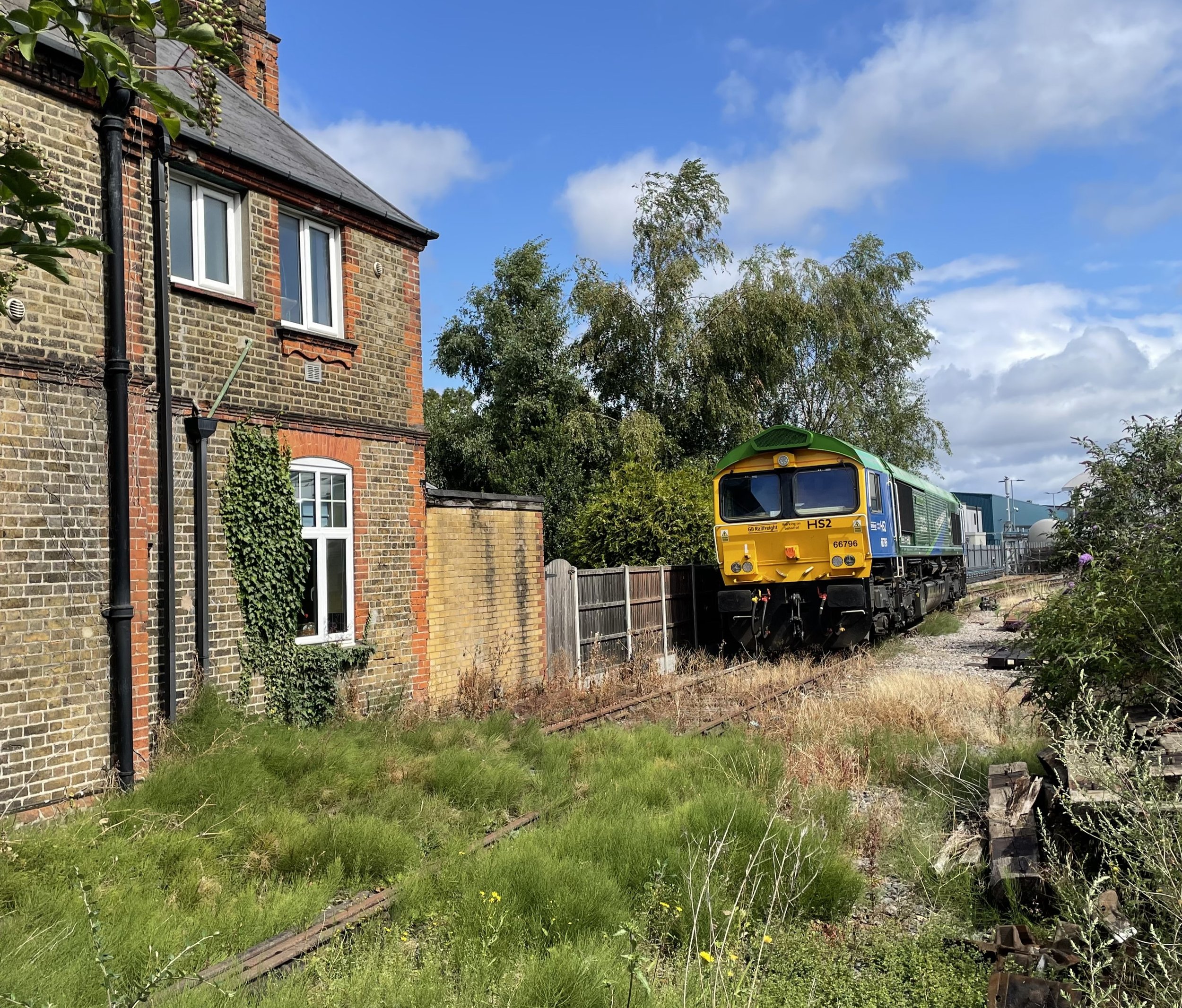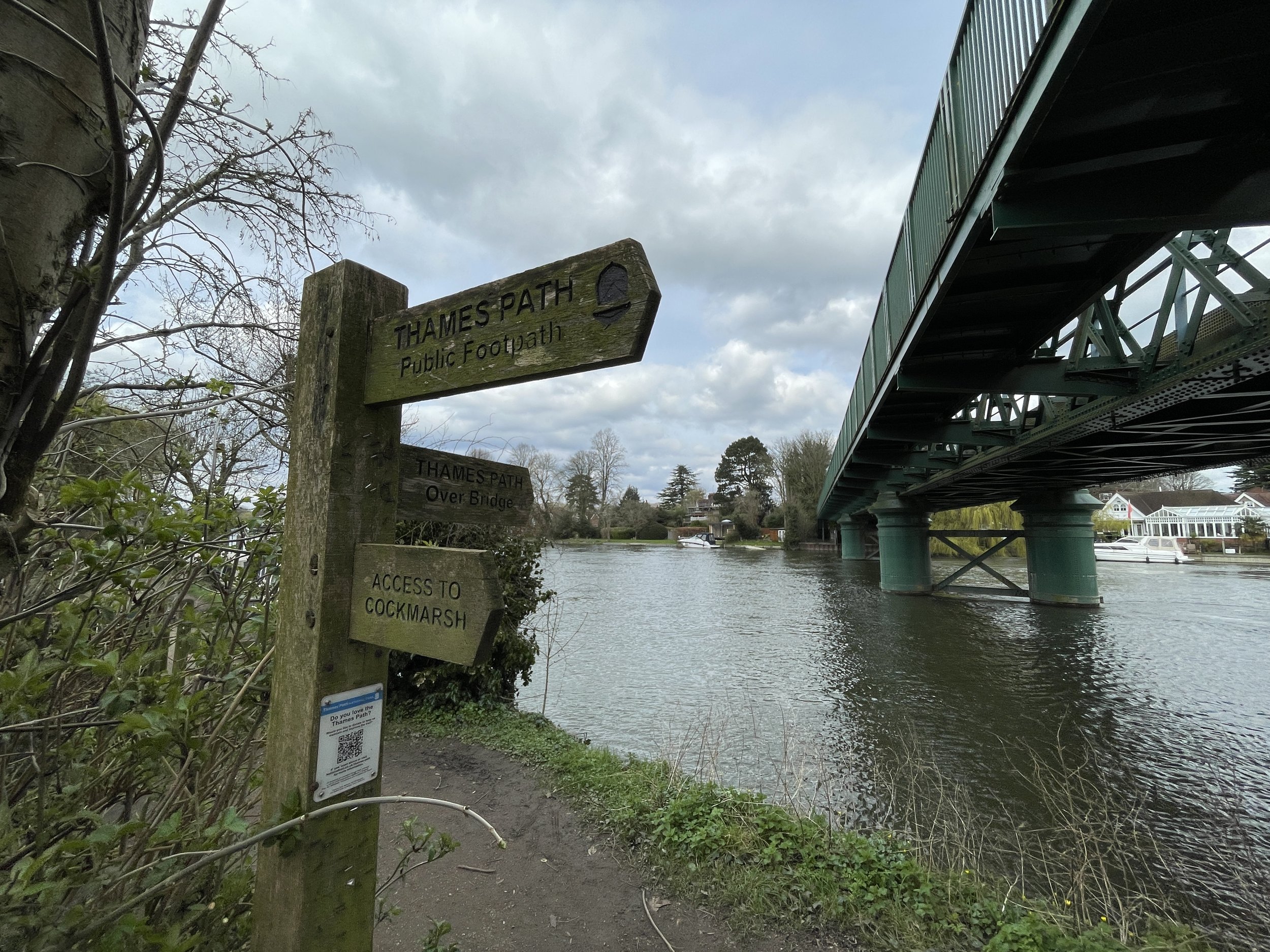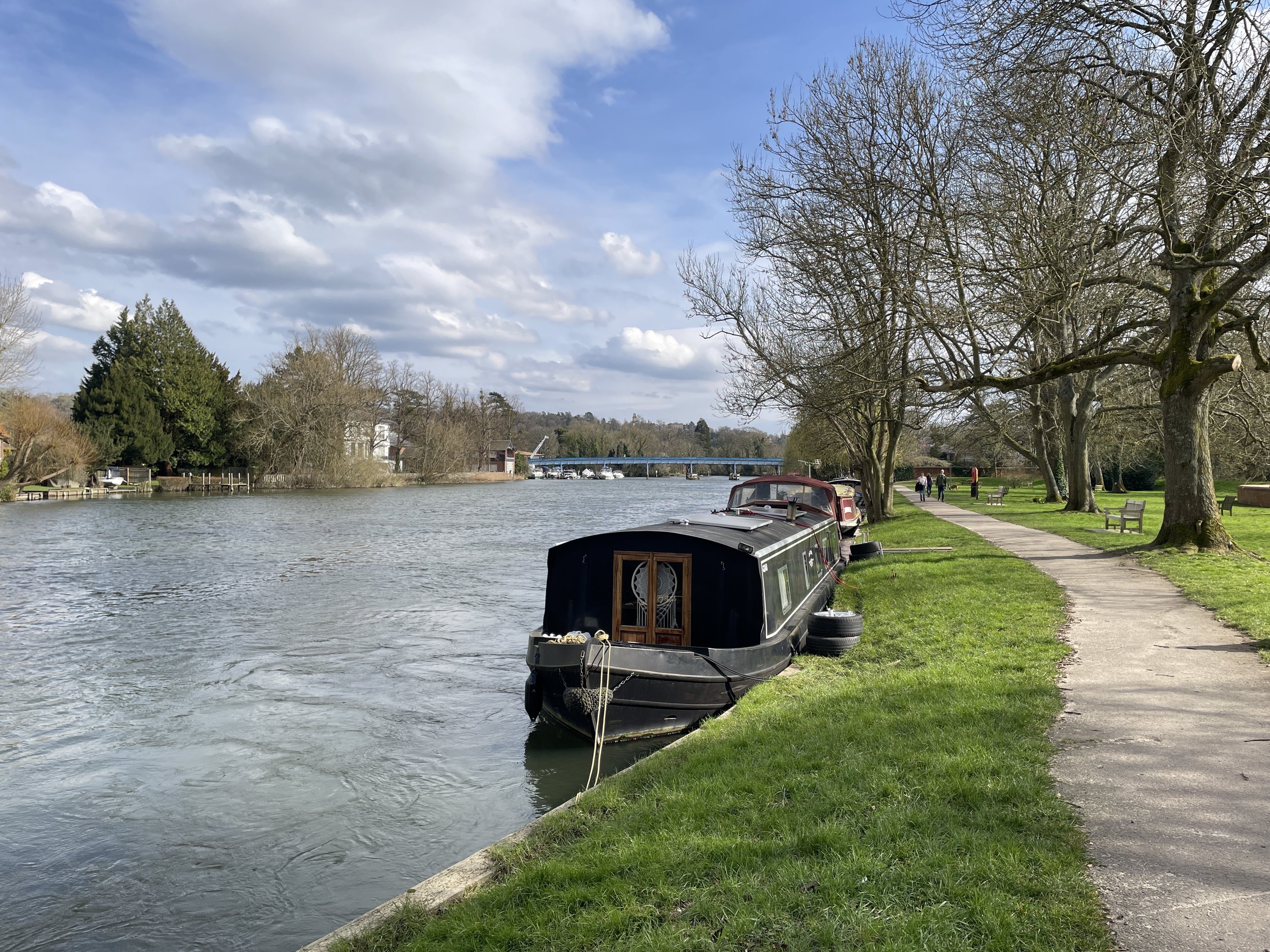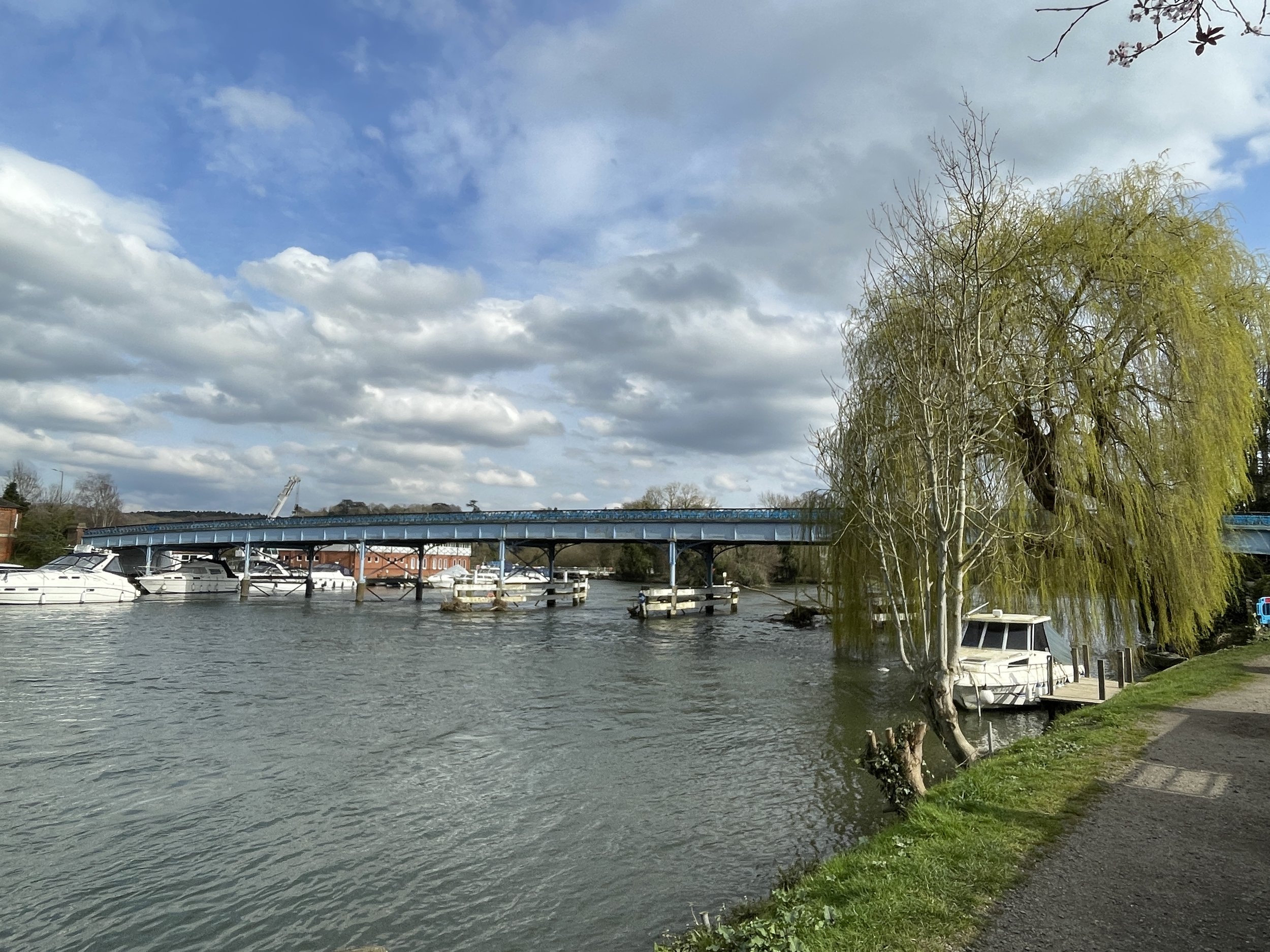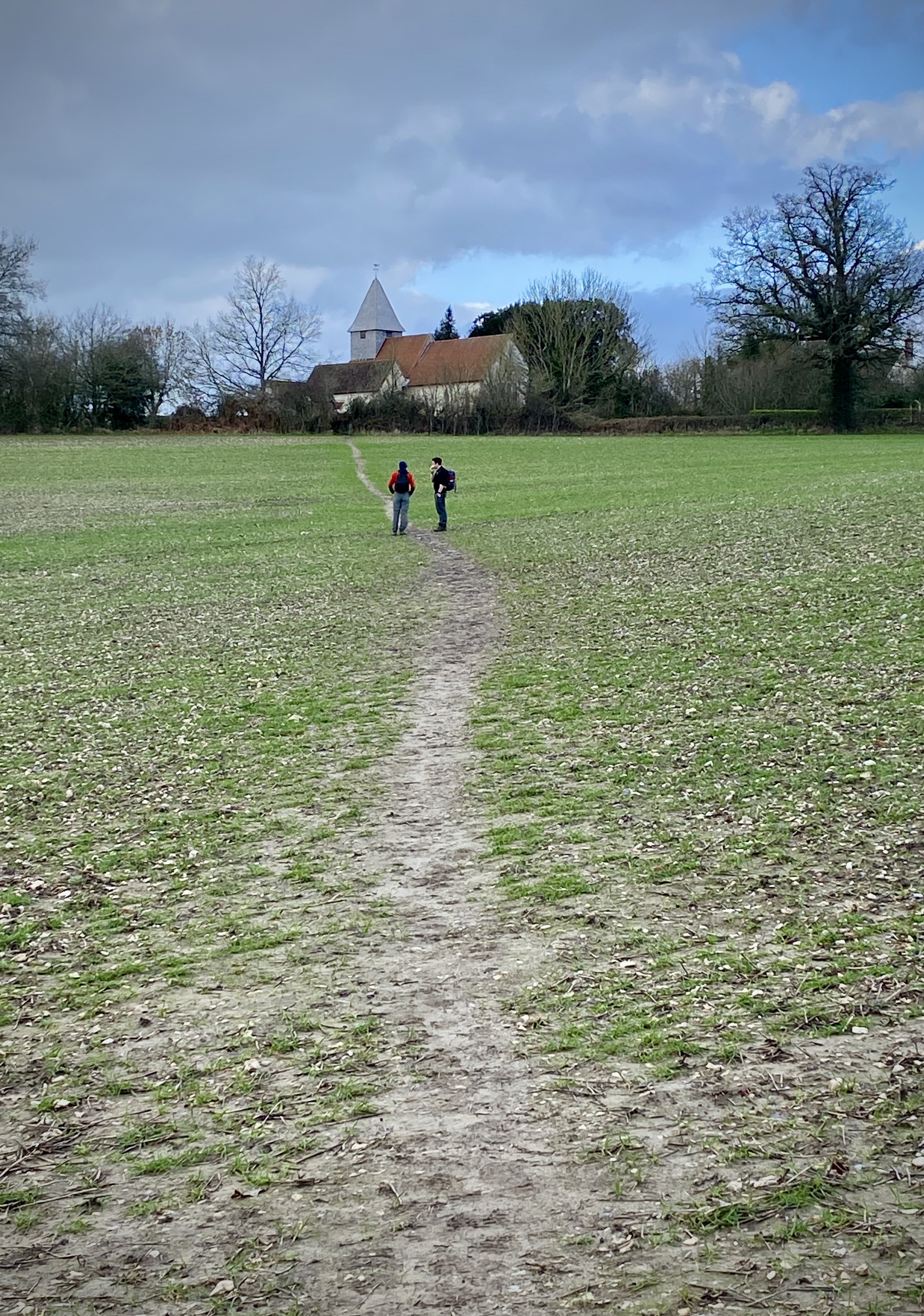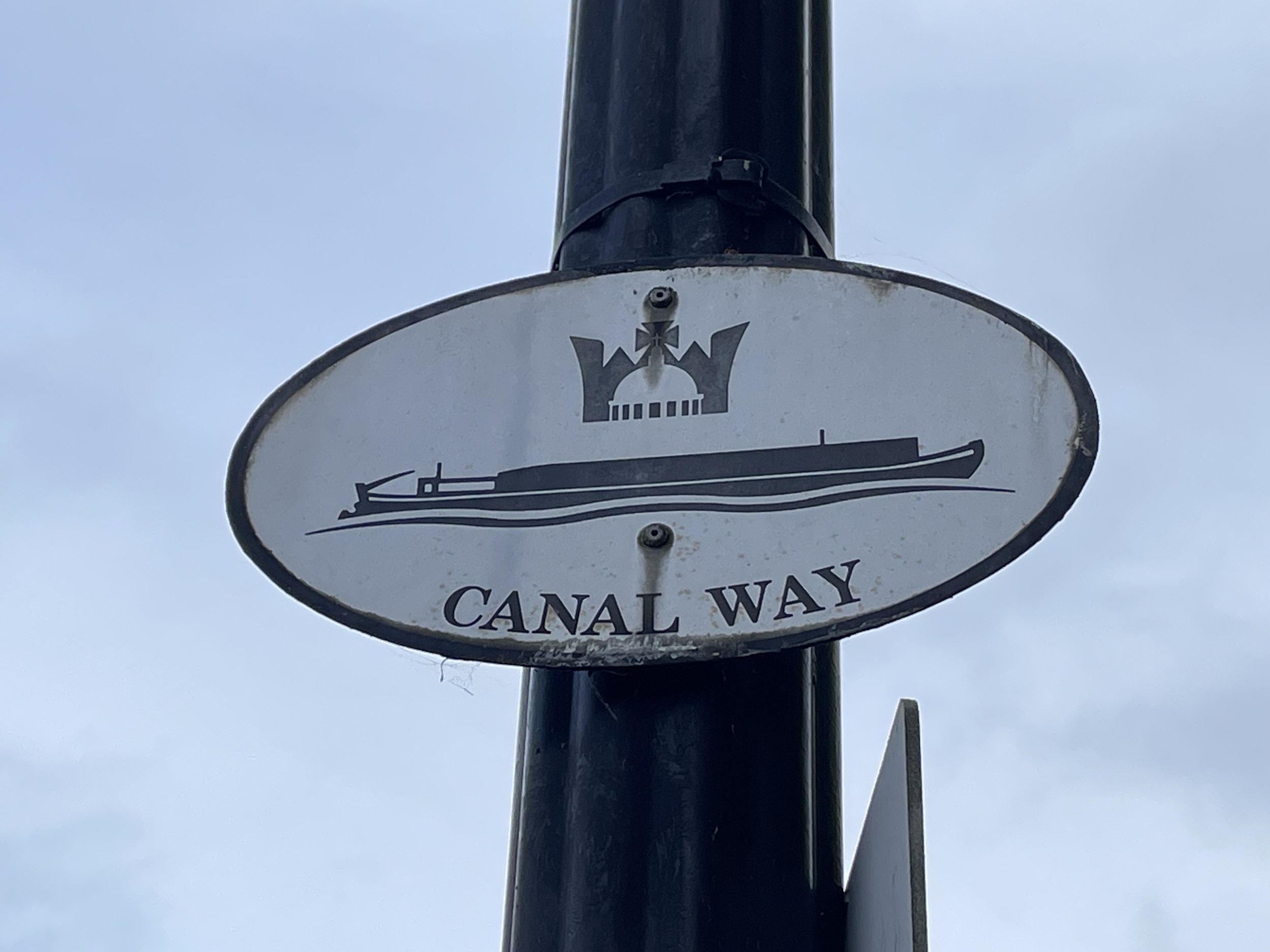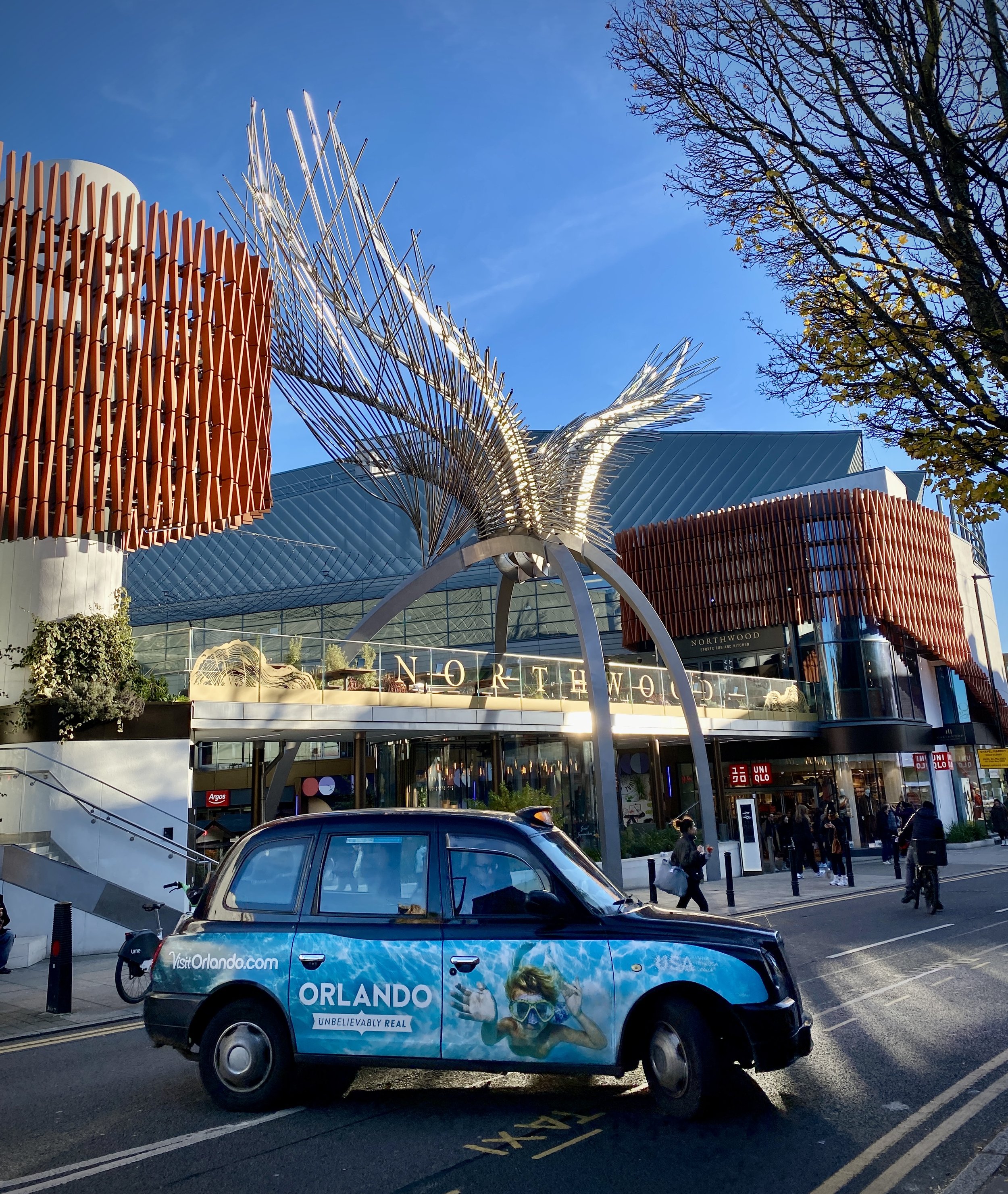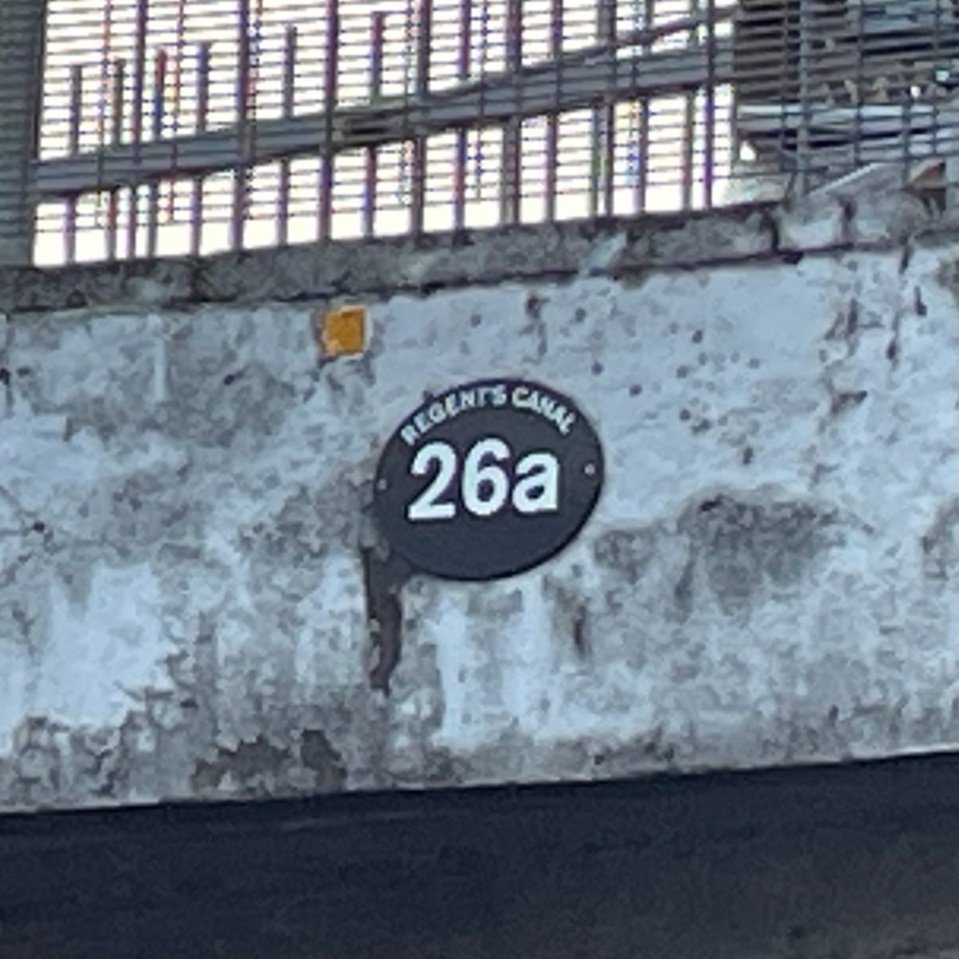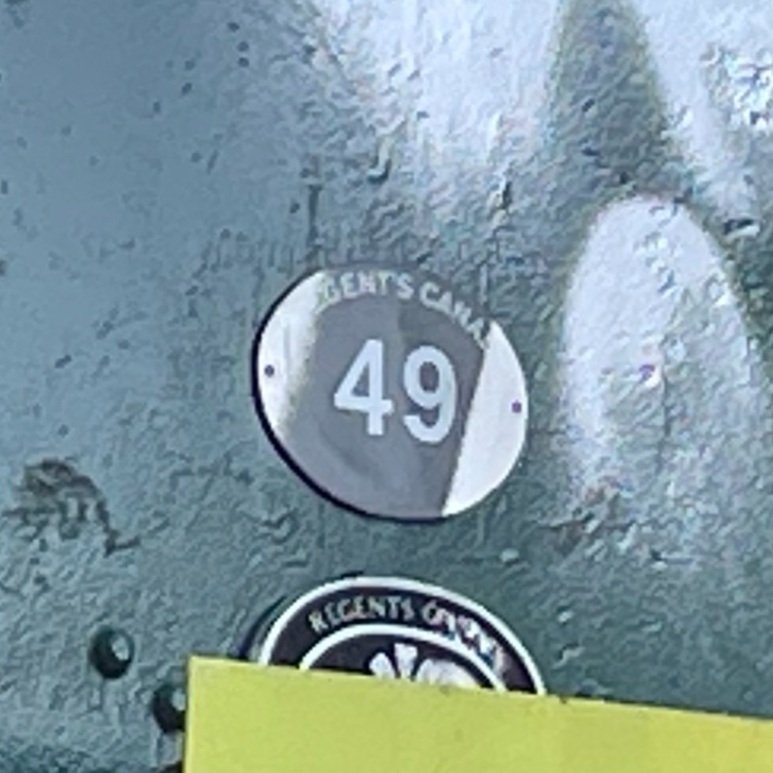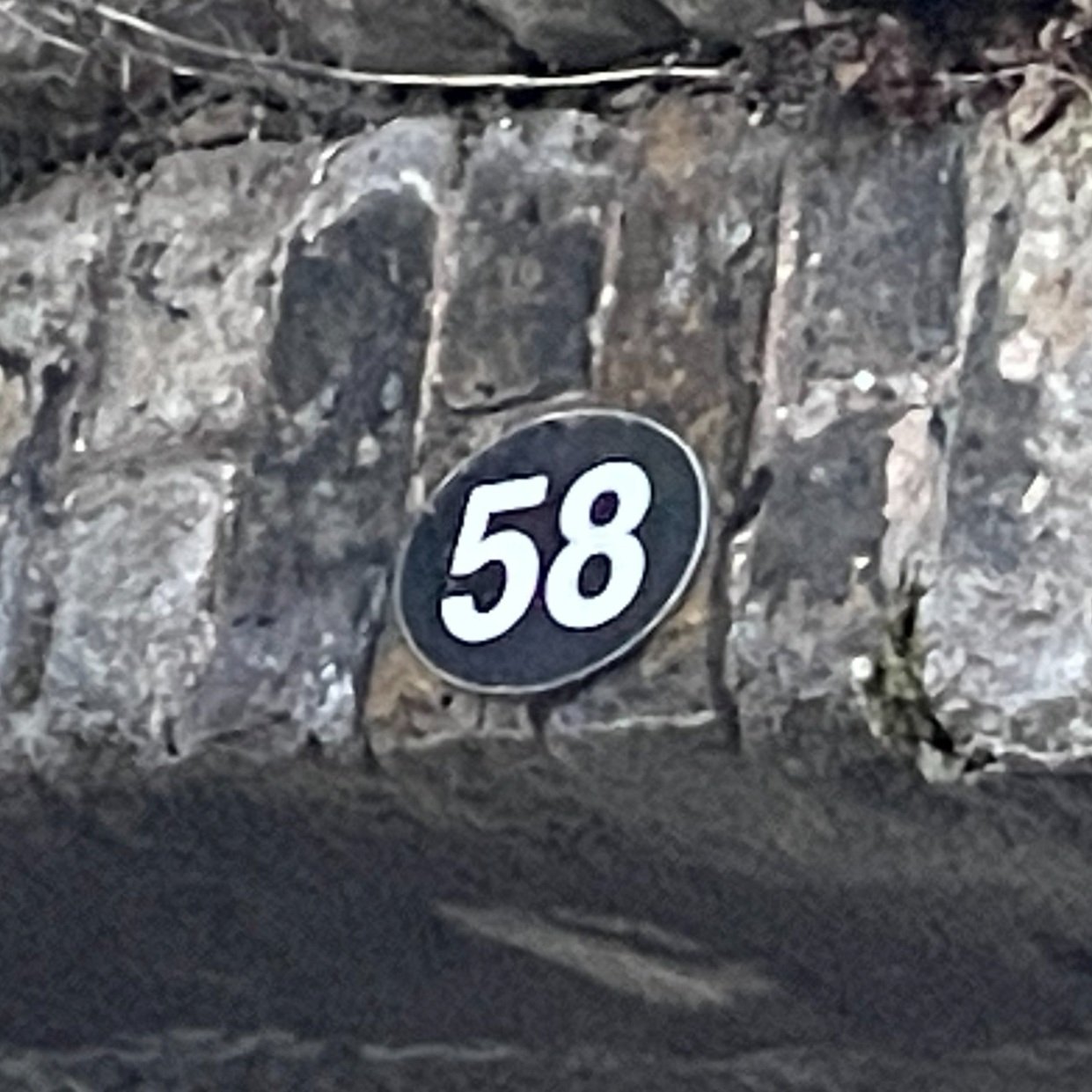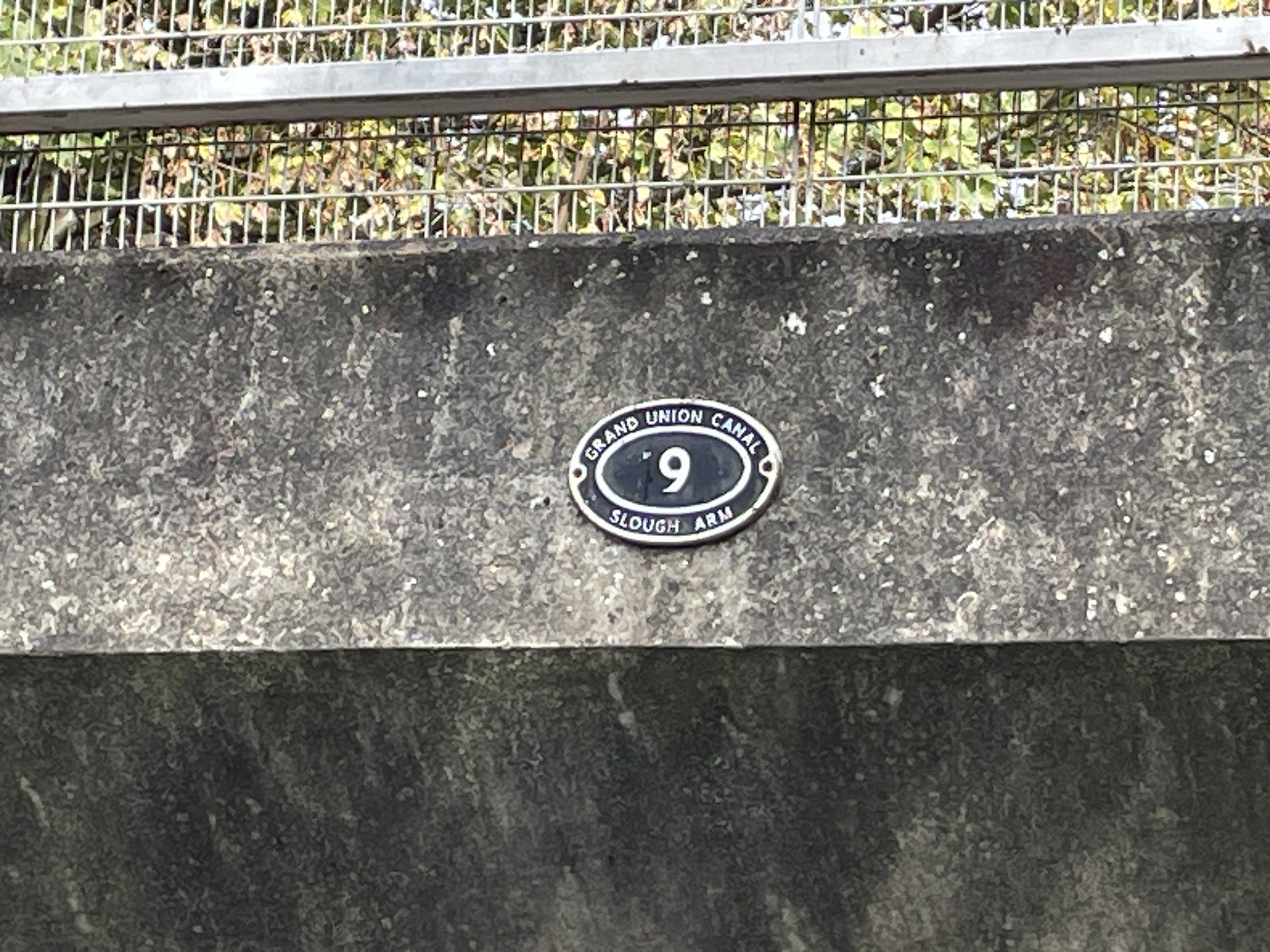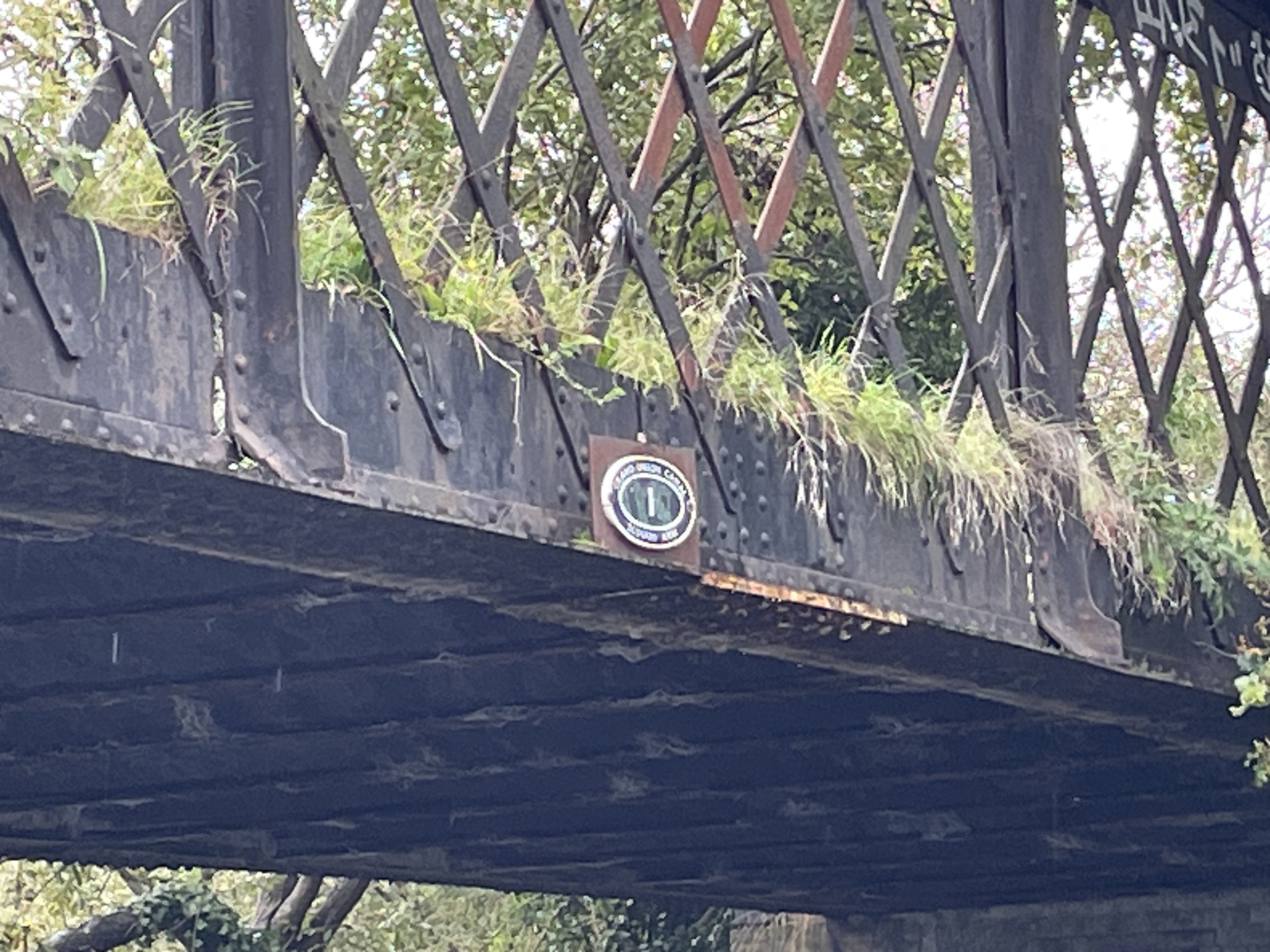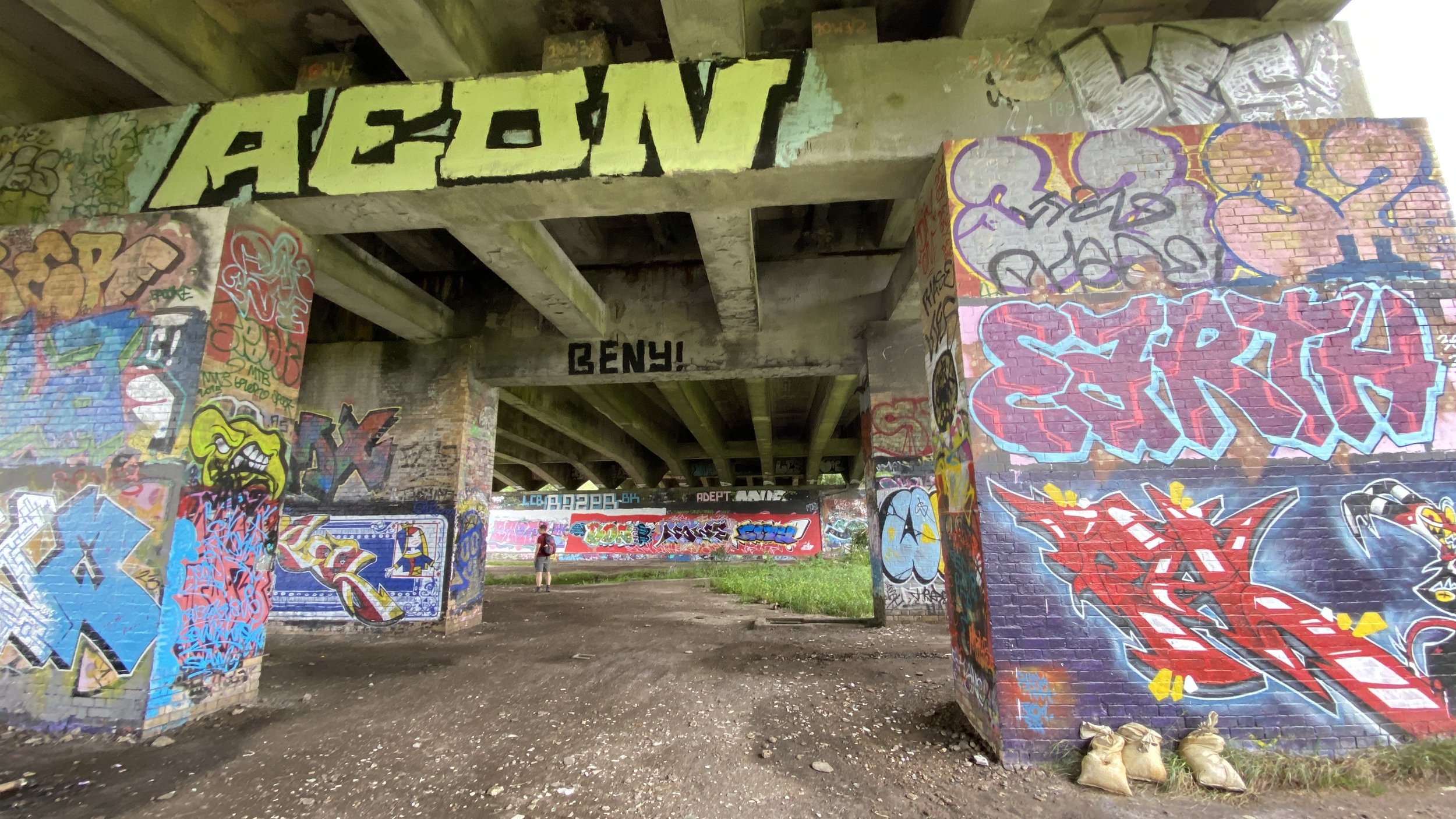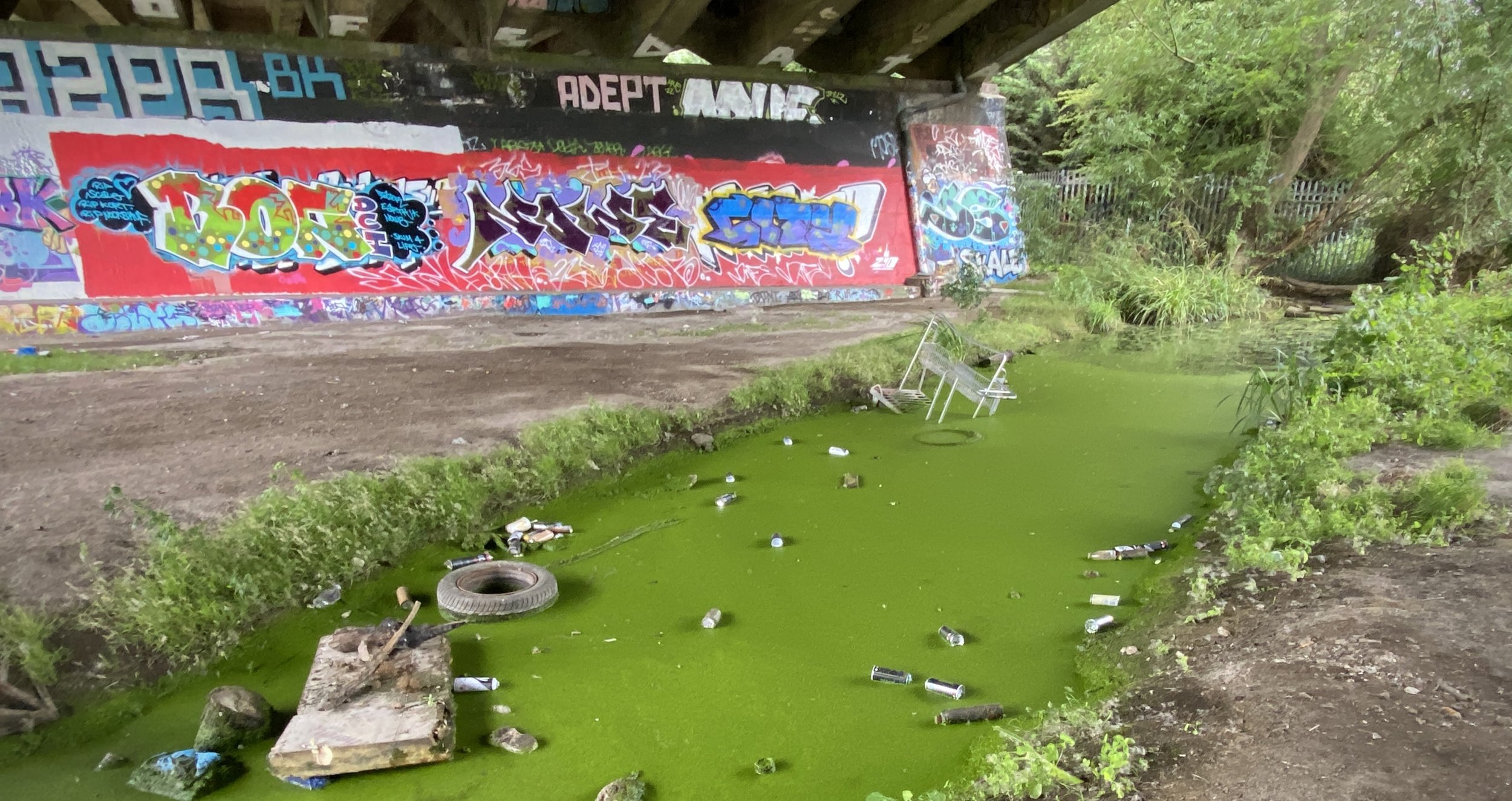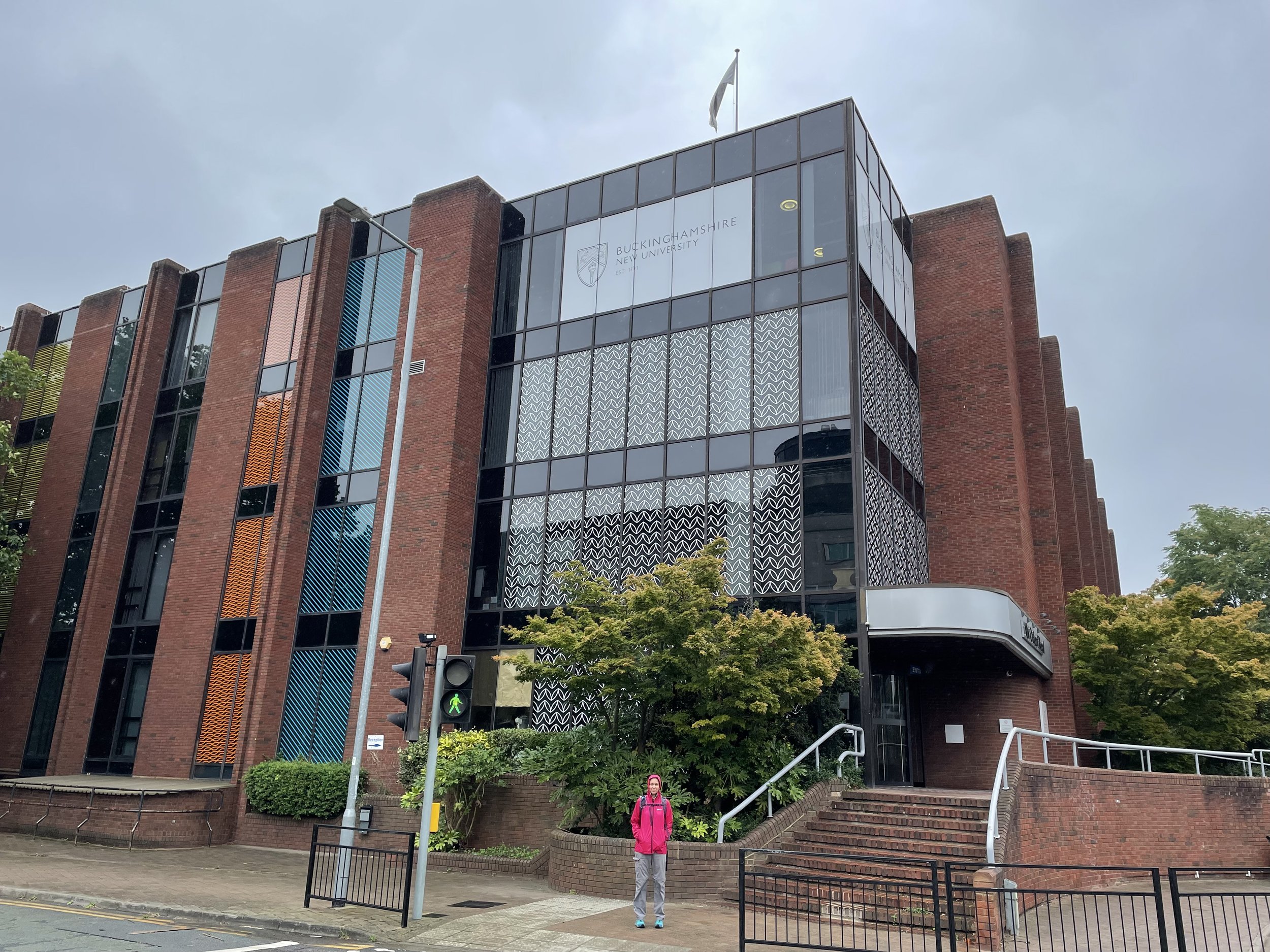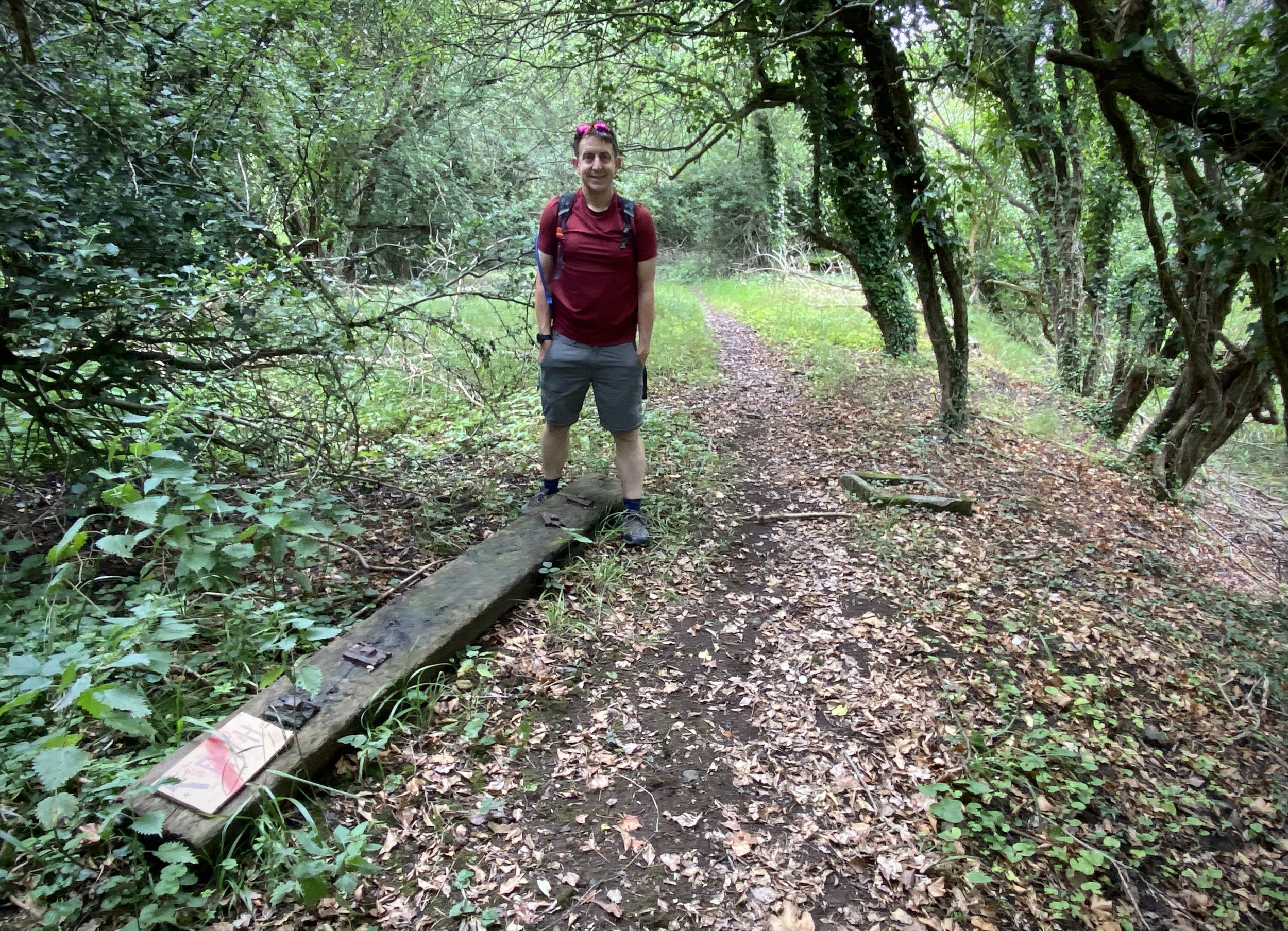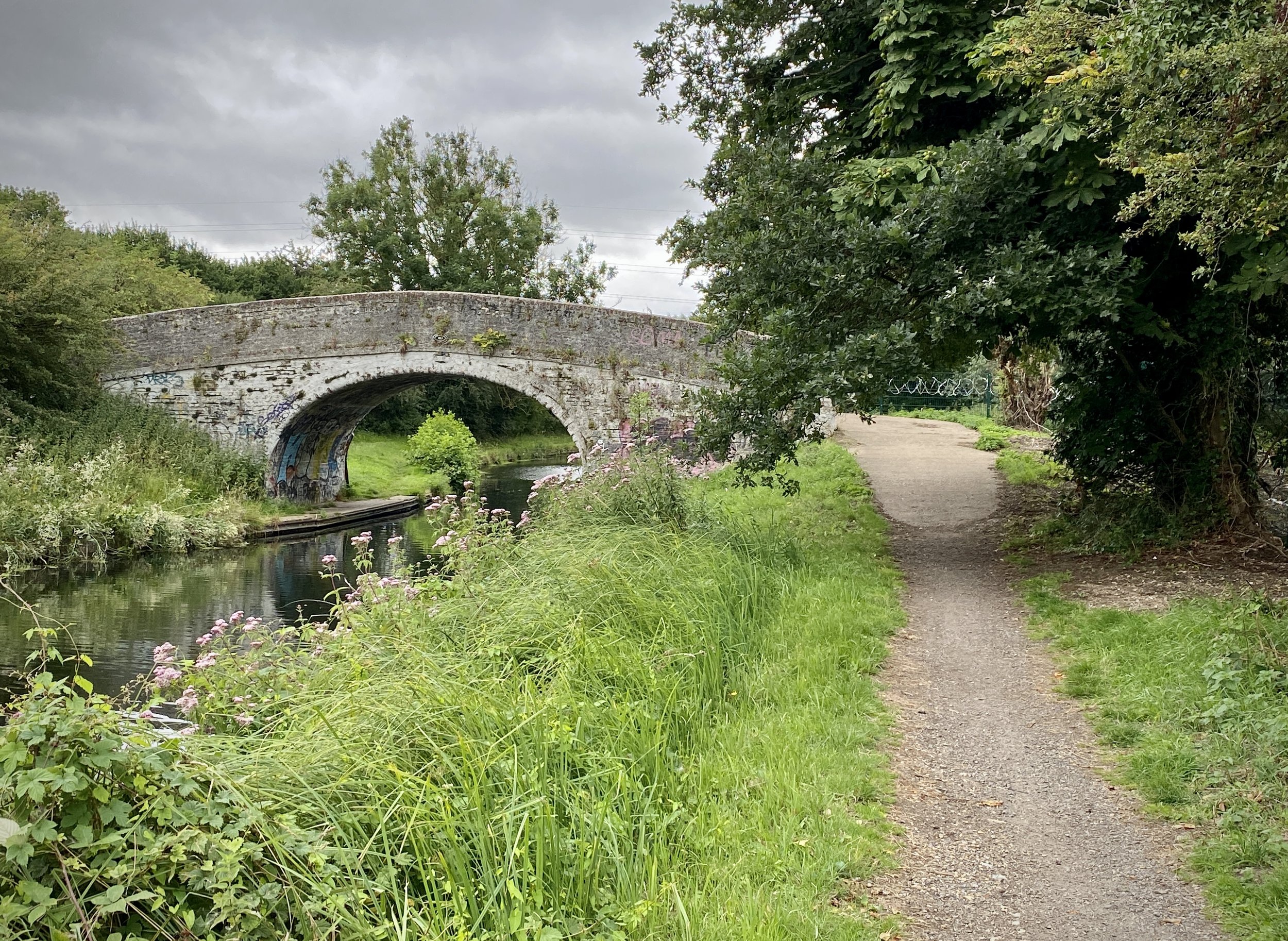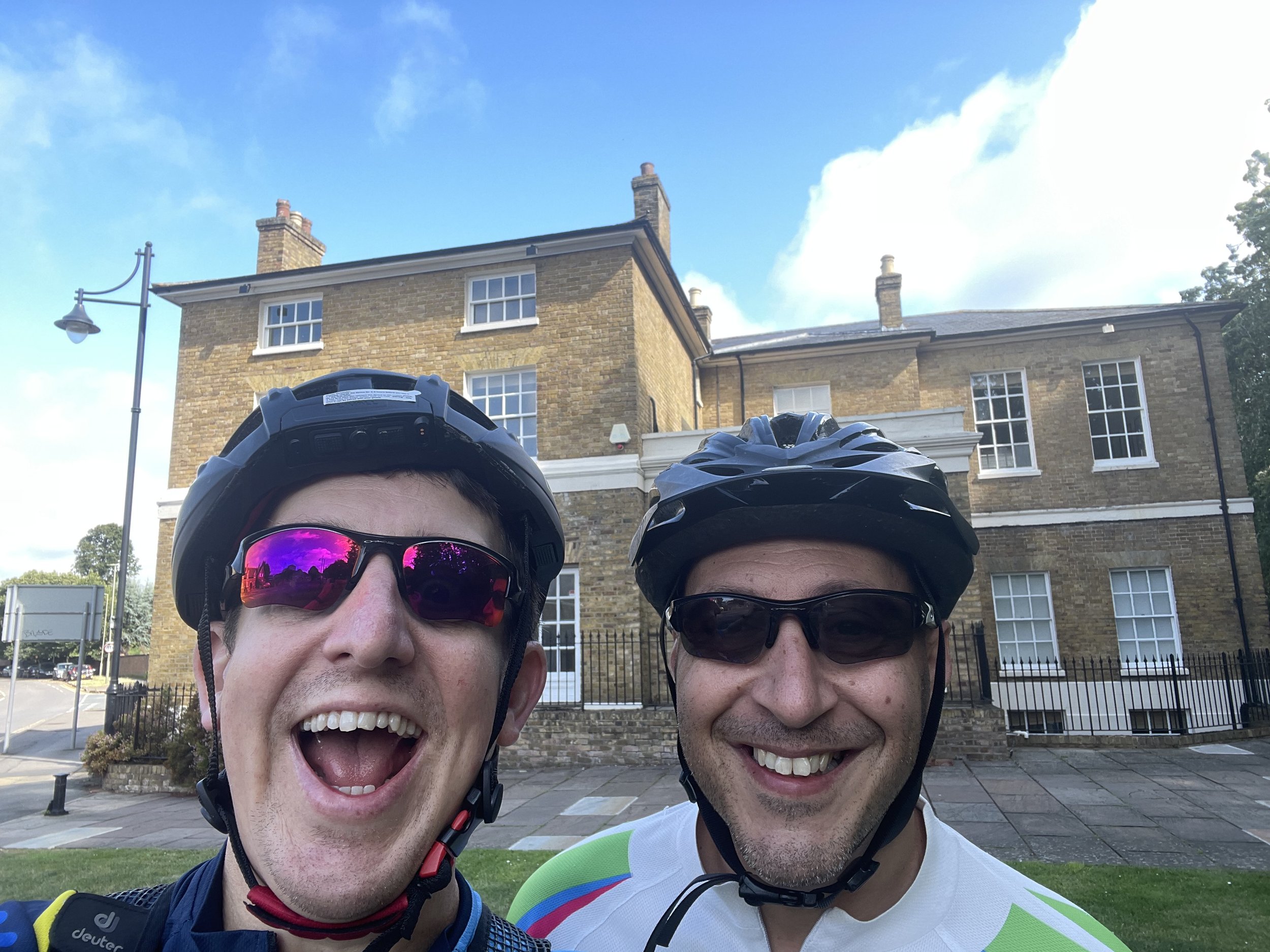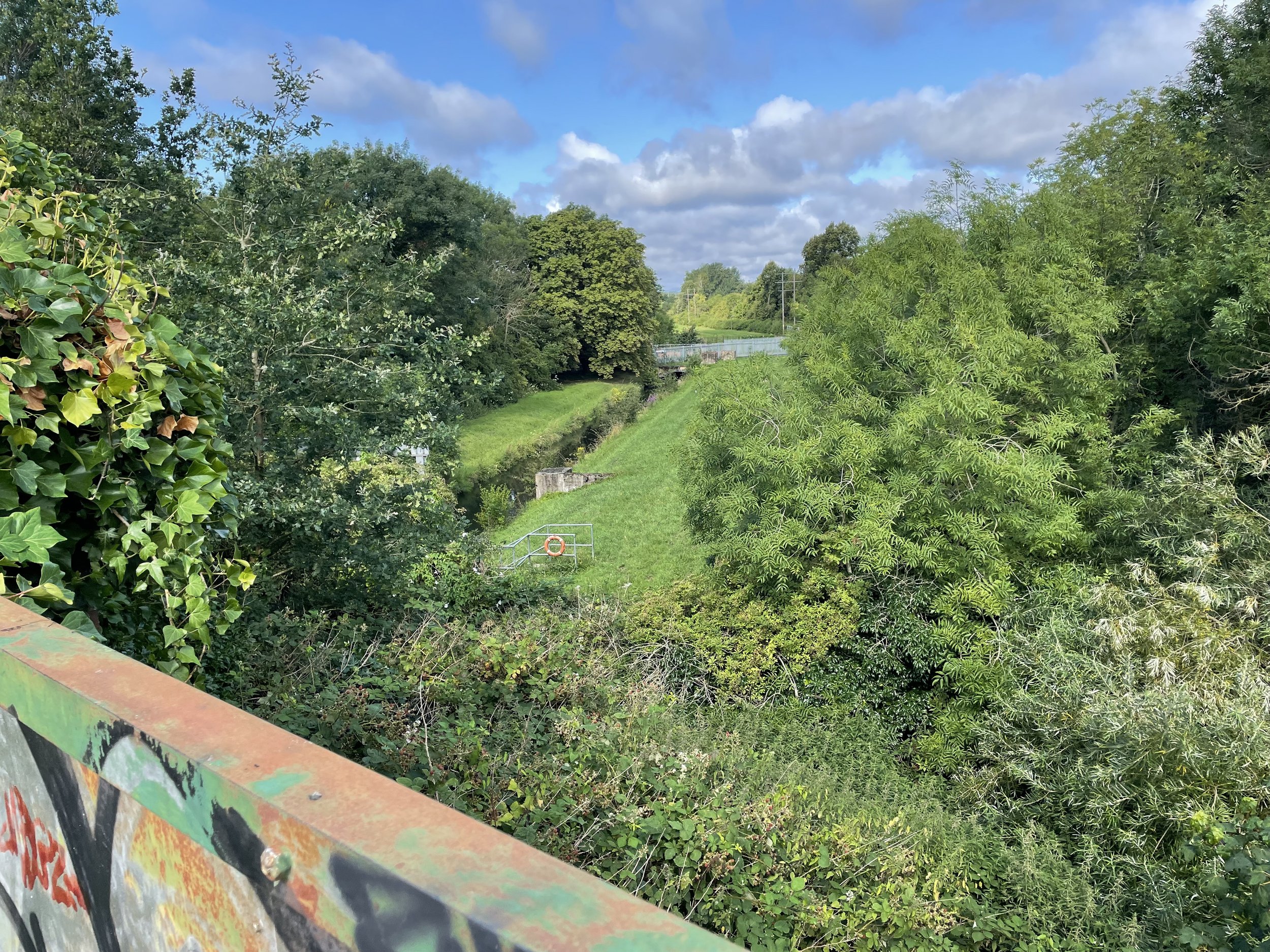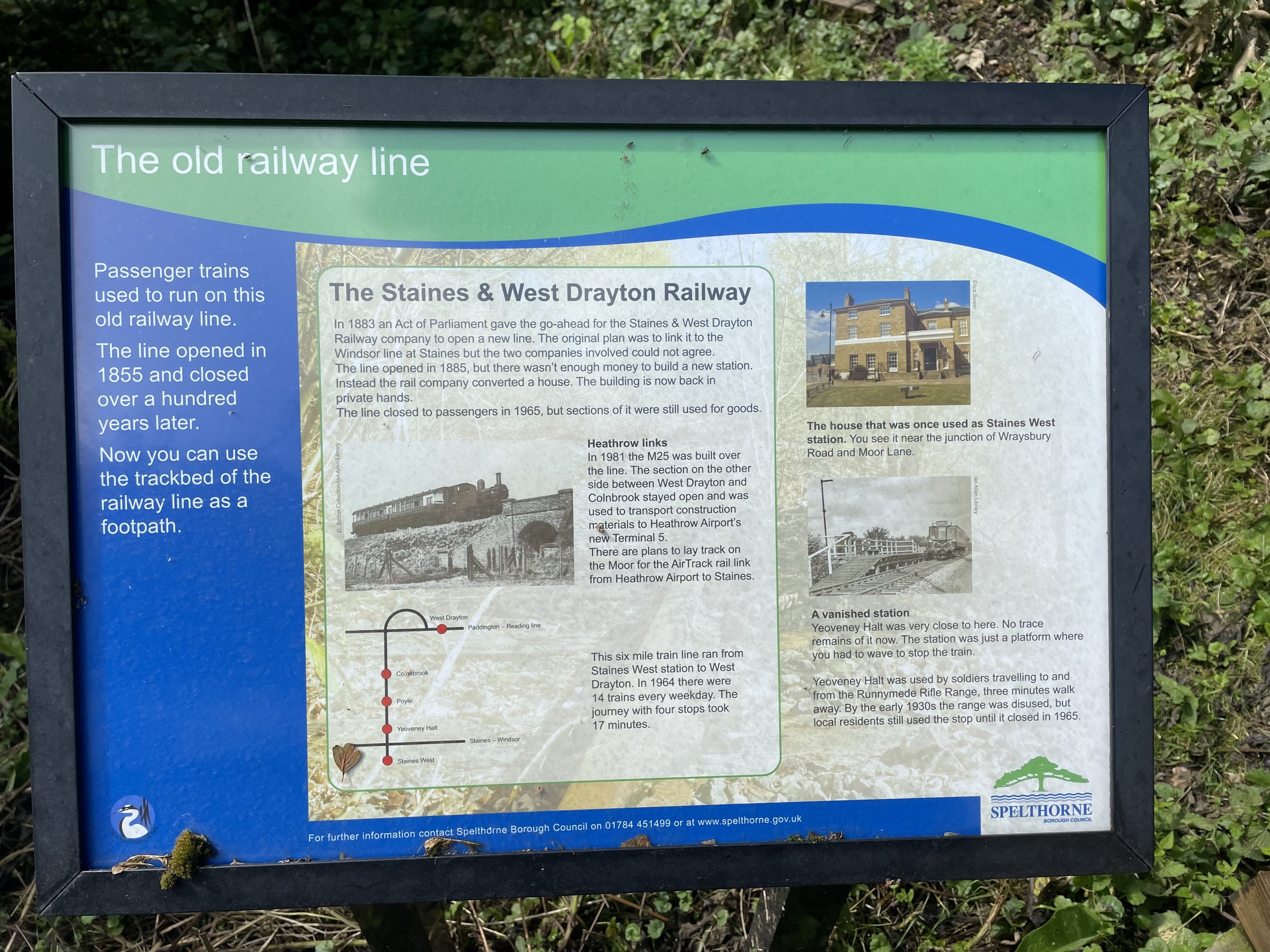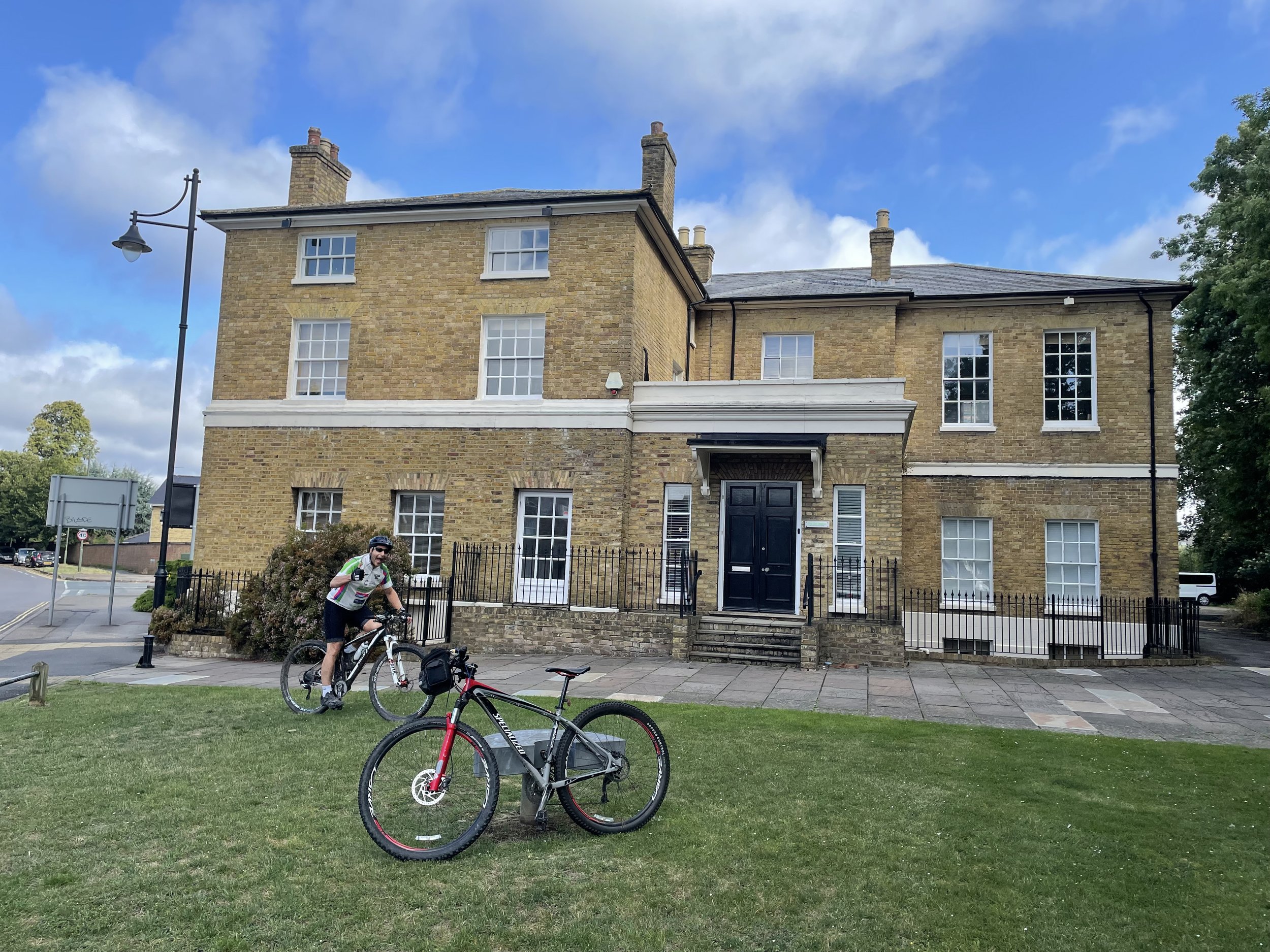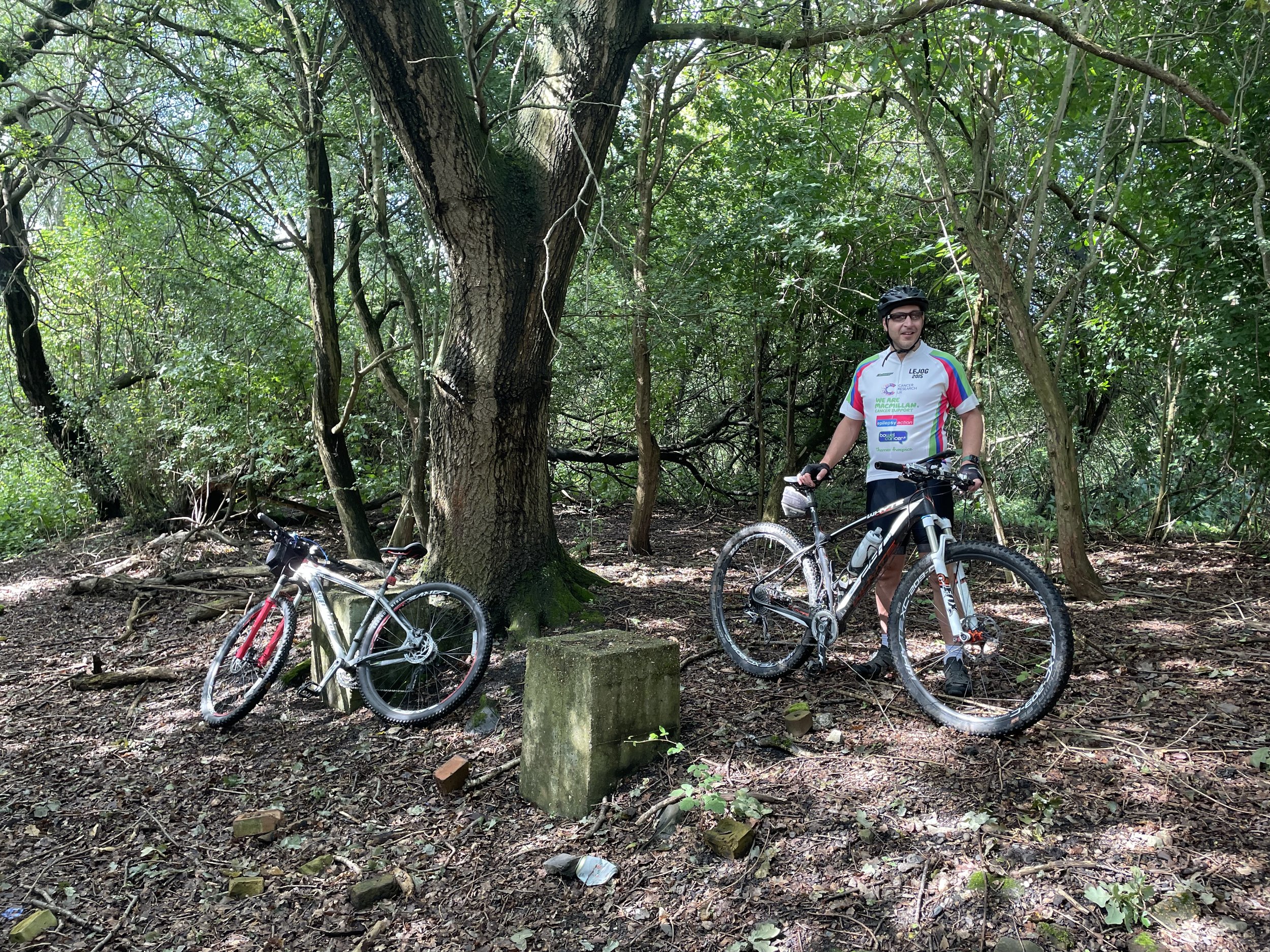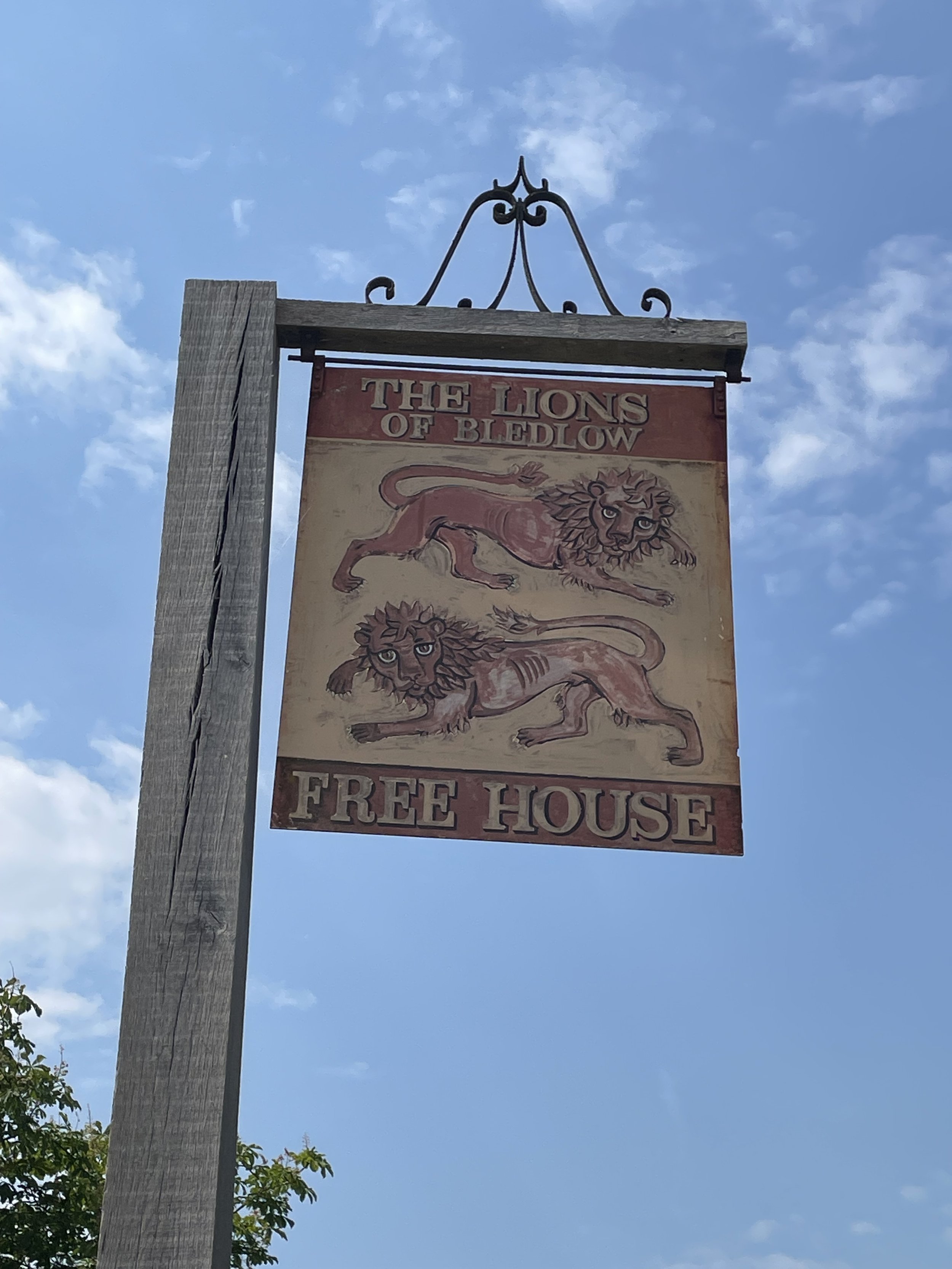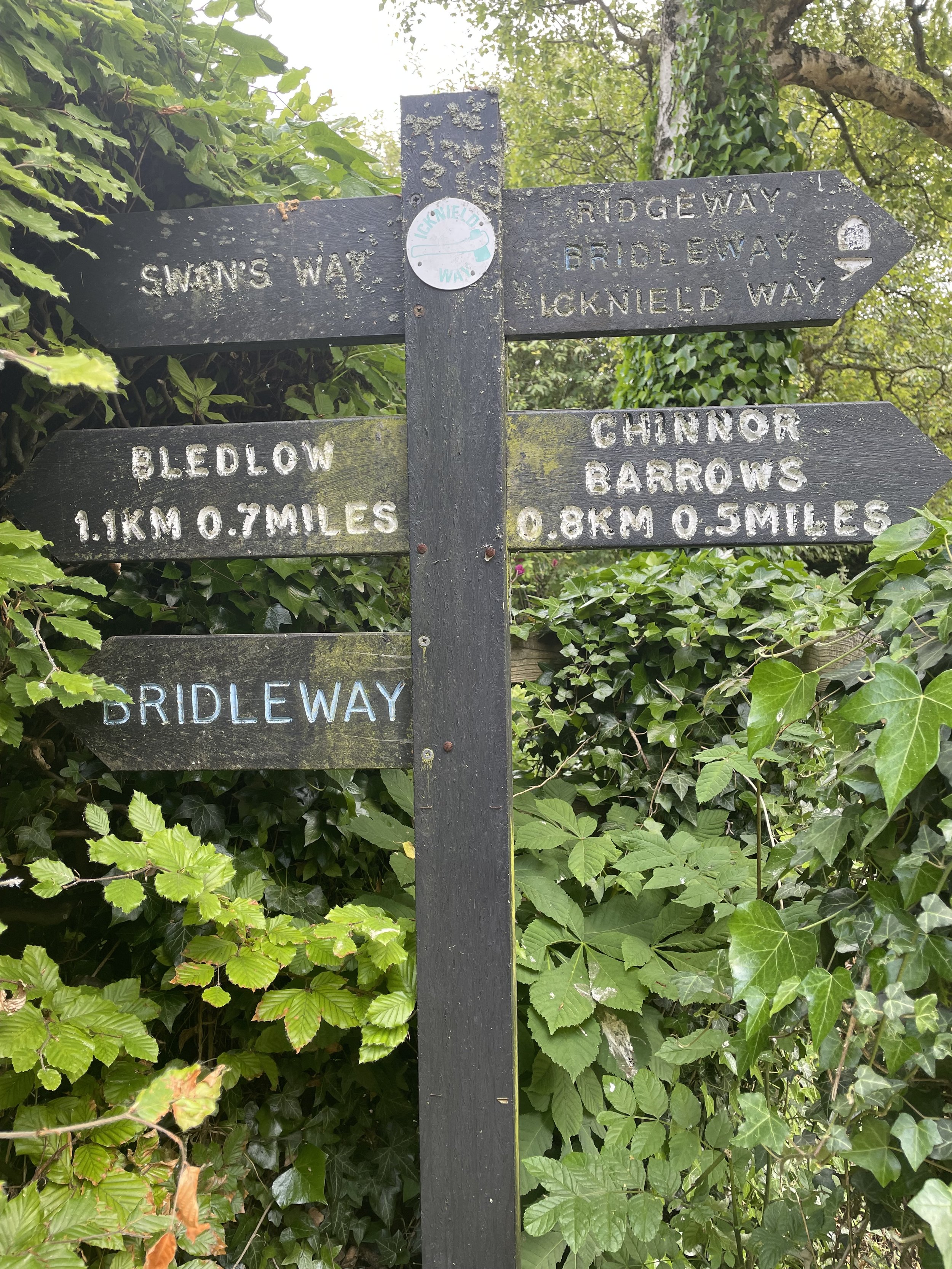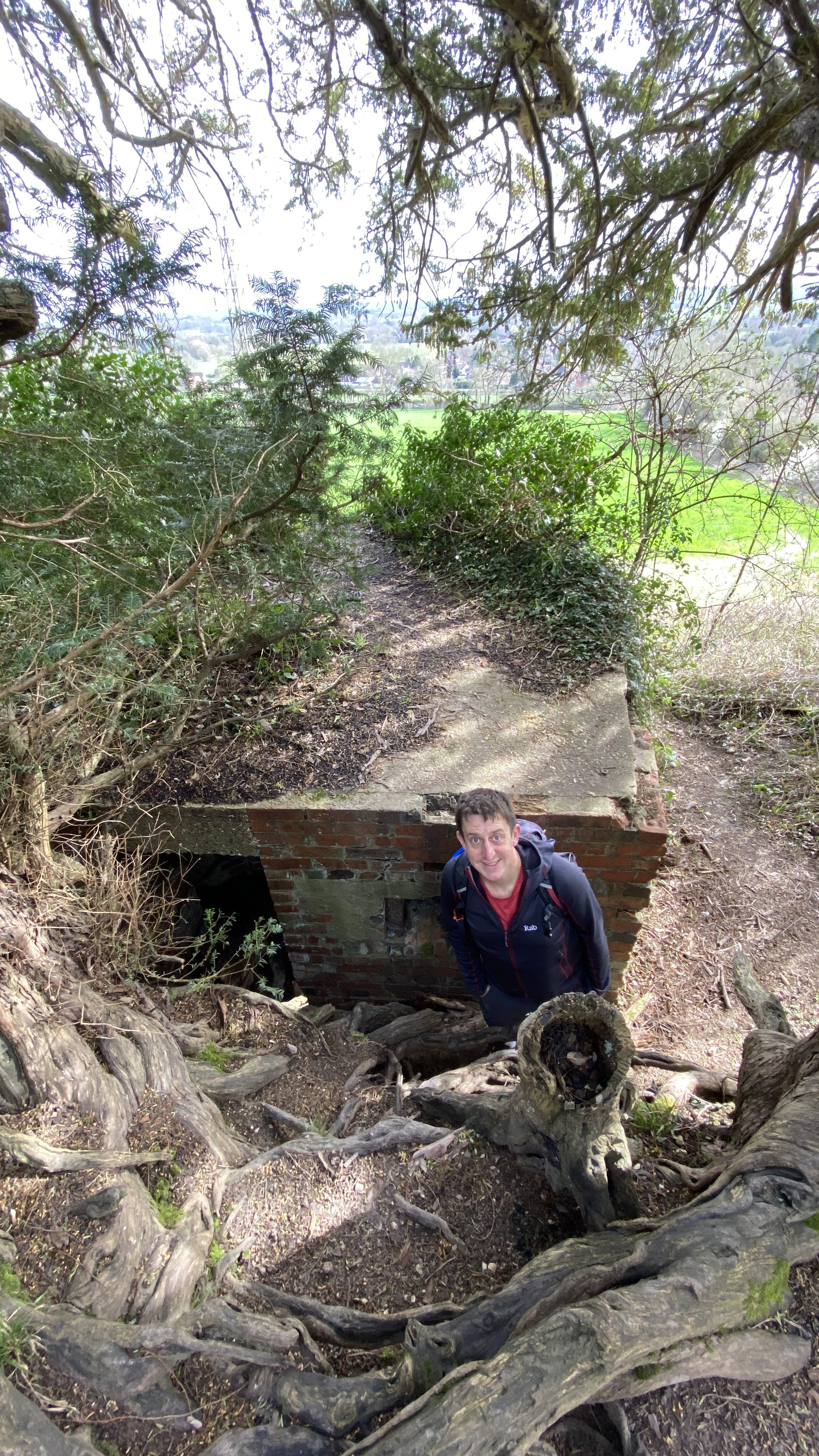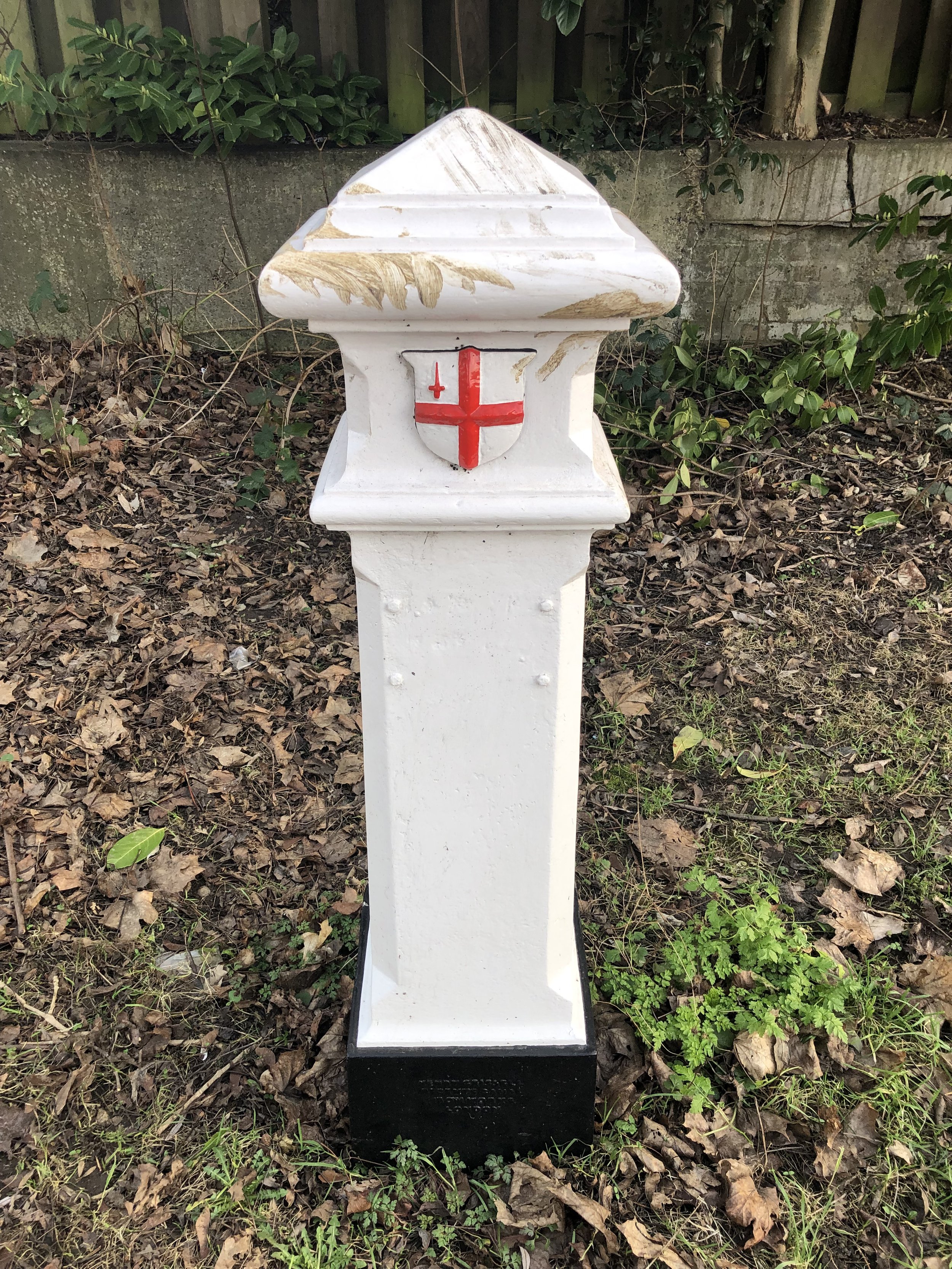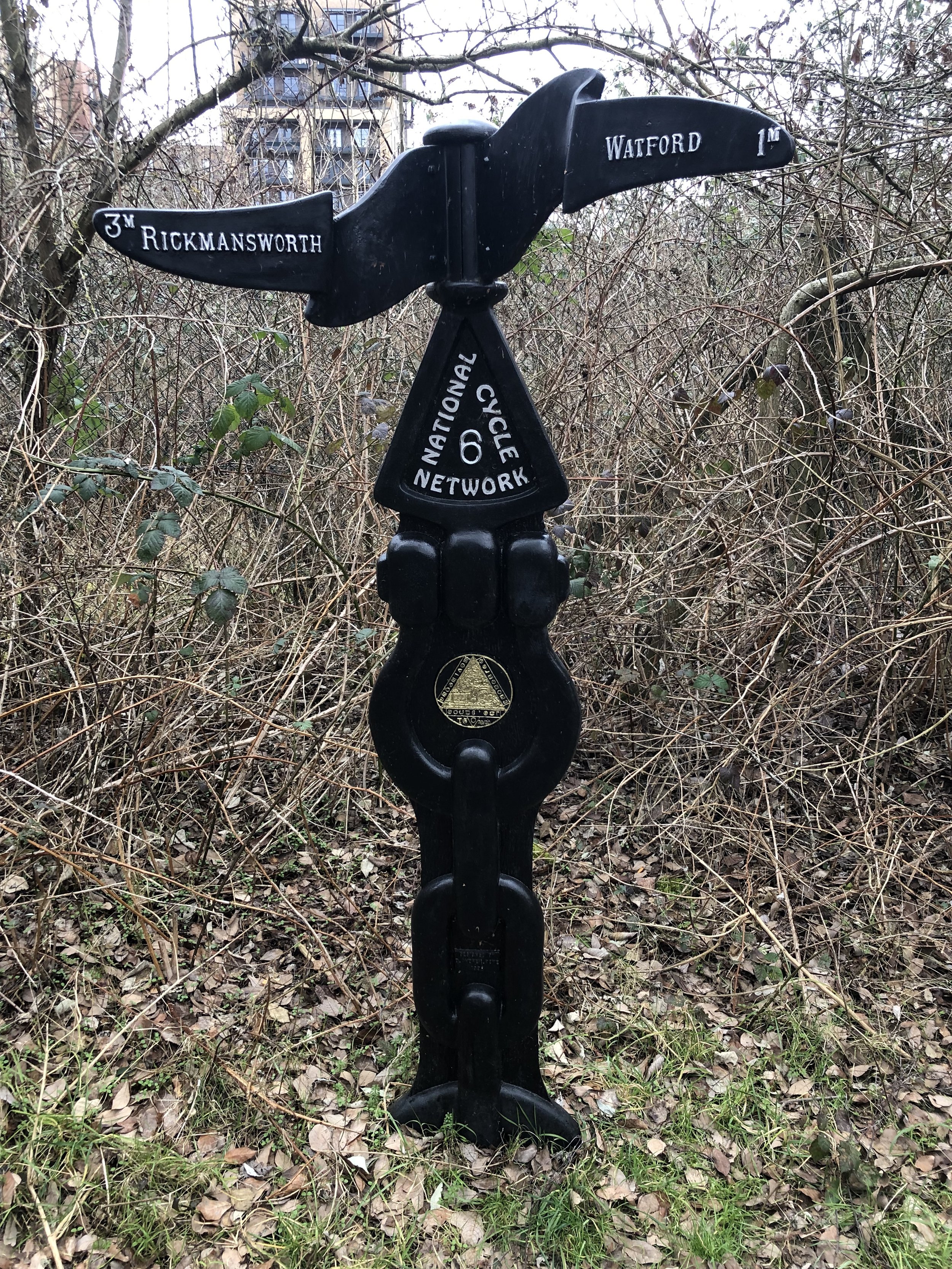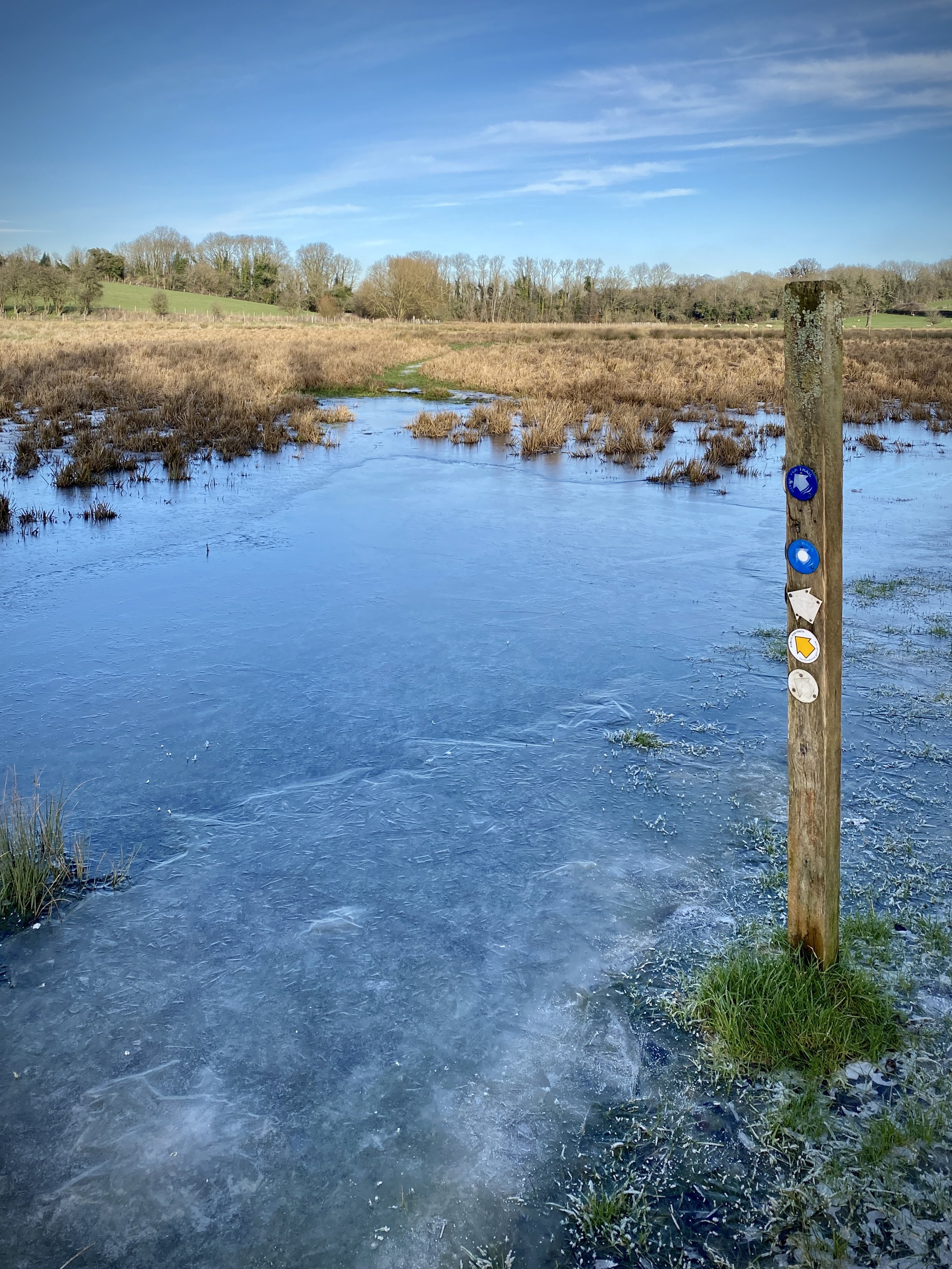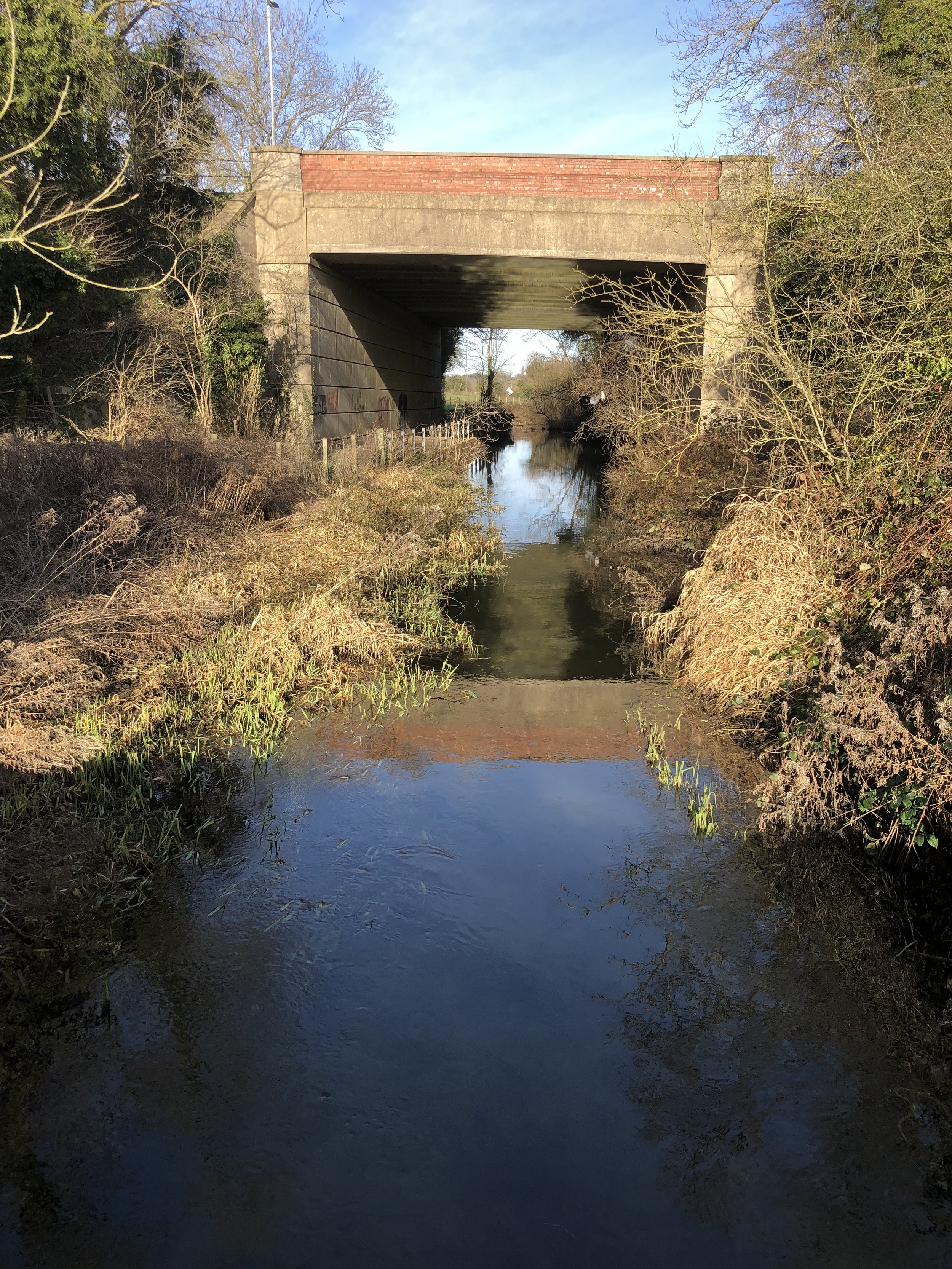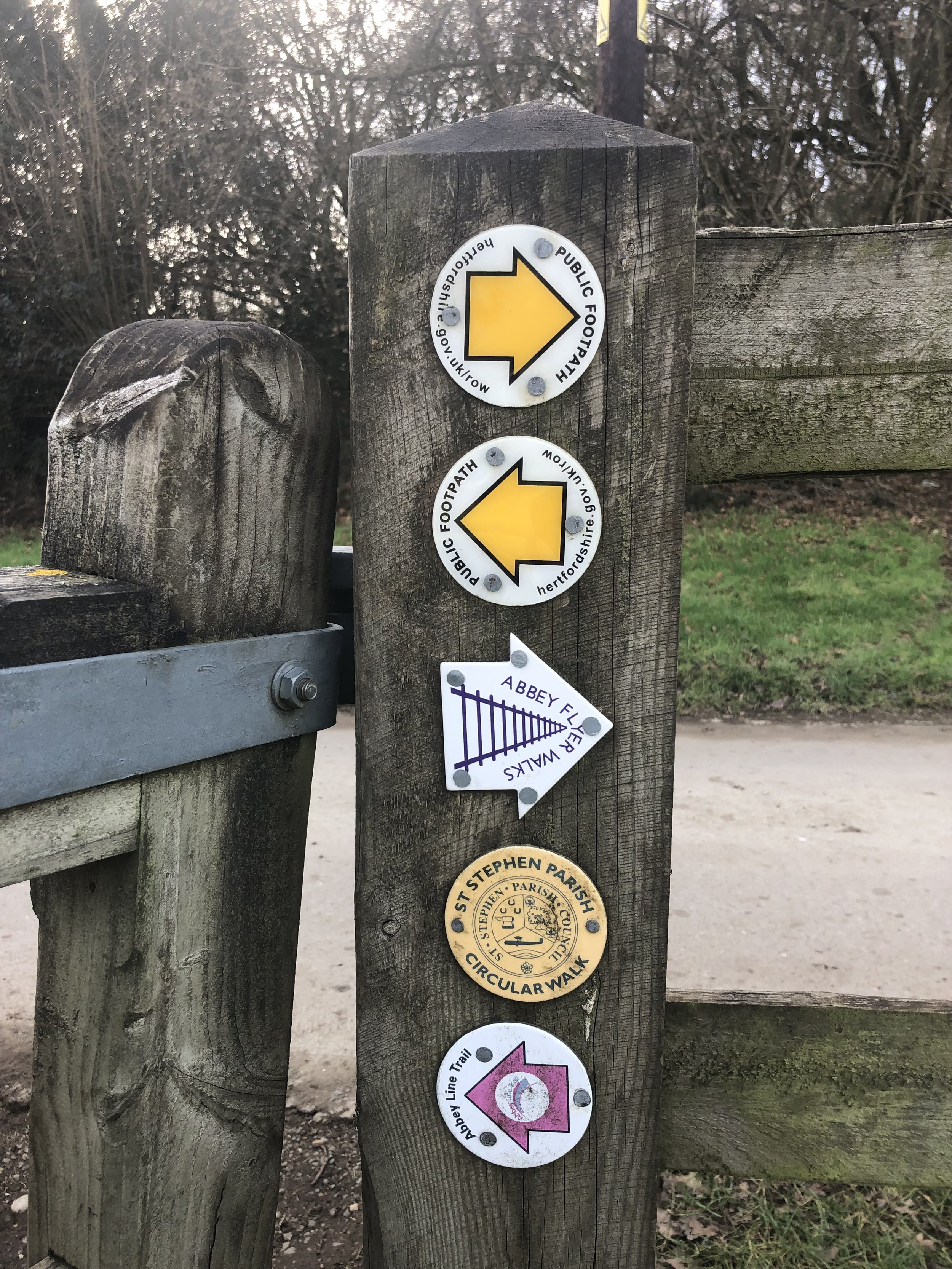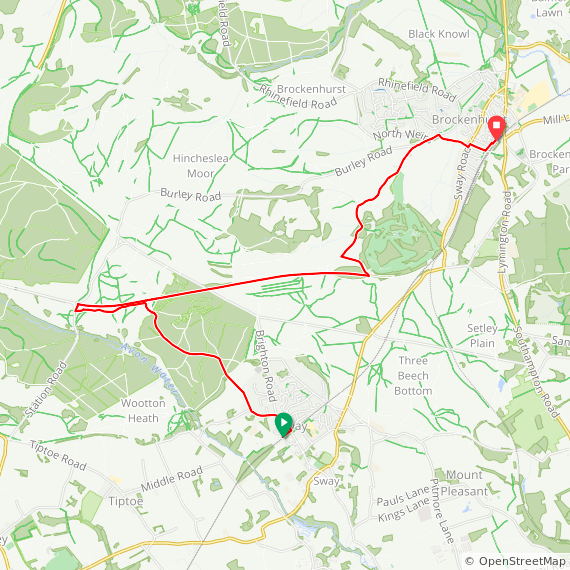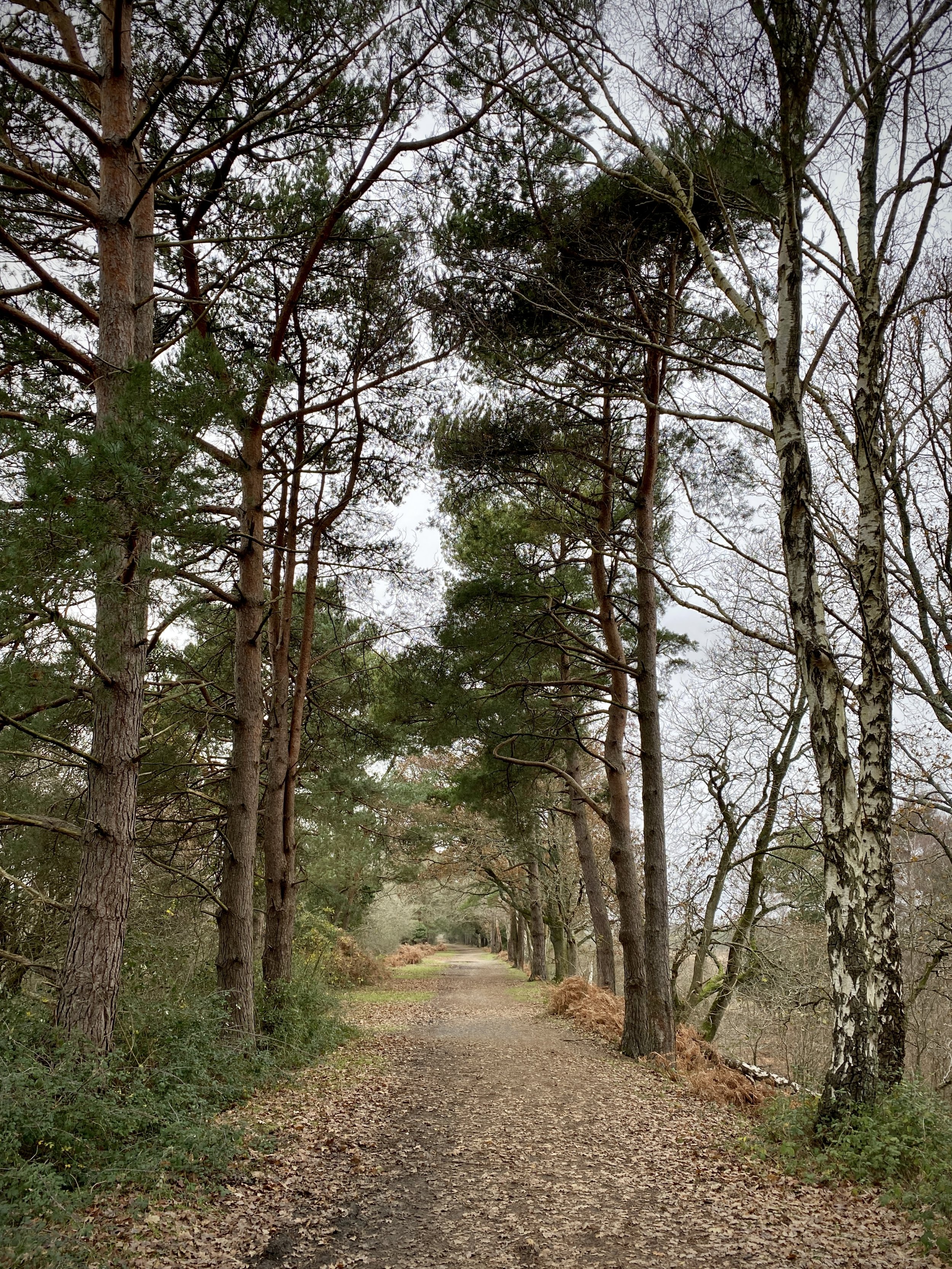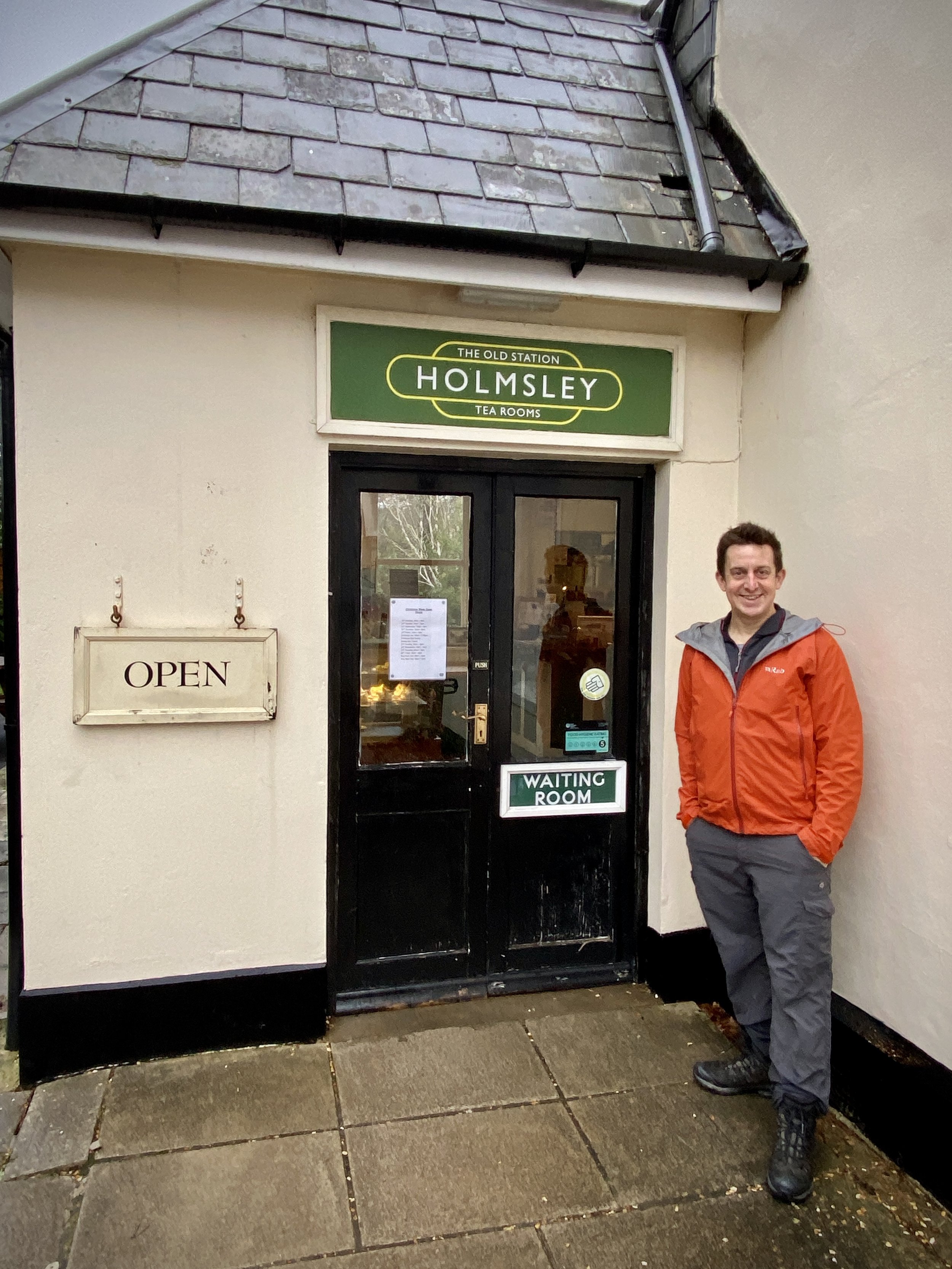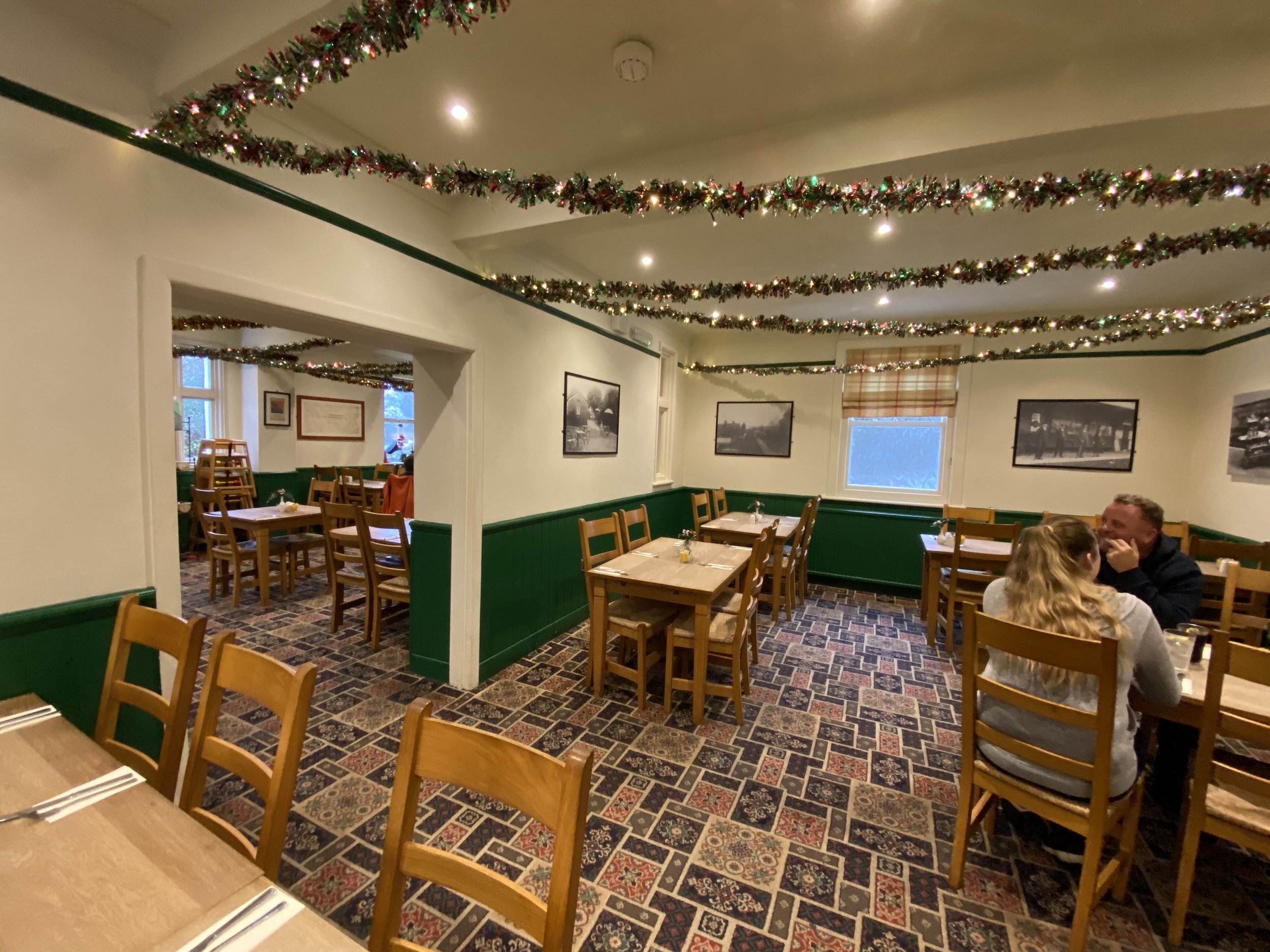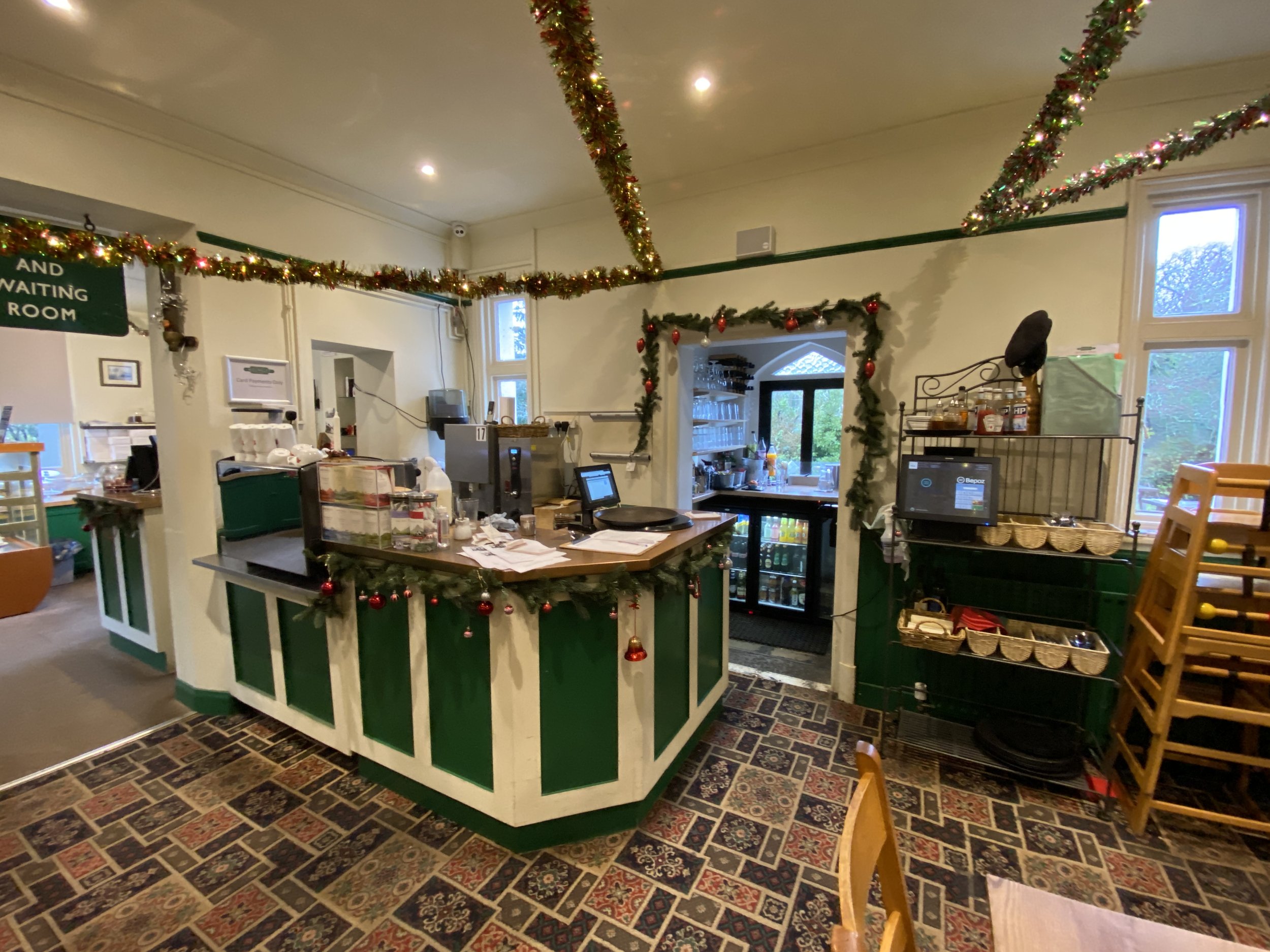The start of the South Bucks Way at the Coombe Hill Monument
The South Bucks Way is a 37 km (23-mile) trail that promises a delightful escape for walkers and hikers. This scenic route, often overshadowed by its more famous counterparts, offers a tranquil journey through charming villages, lush countryside, and the gentle murmur of the River Misbourne. This post is part of a series of circular walks featuring the South Bucks Way. The full trail stretches from Coombe Hill near Wendover to the Grand Union Canal at Denham. Our walks take in short sections of the South Bucks Way and loop back to the start on other paths. The South Bucks Way is well sign-posted however you’ll need a map or GPX route to keep on track for the return sections of the loops. The guidance below will help but don’t use it as a fully accurate turn-by-turn guide.
Point to Point: The full South Bucks Way
Start: Coombe Hill Monument via Coombe Hill Car Park, Coombe Hill, Lodge Hill, Aylesbury, HP17 0UR
Finish: Grans Union Canal via Denham Country Park, Denham Court Drive, Denham, Uxbridge UB9 5PG
Distance: 37 km (23 miles)
Elevation change: + 251m / - 461m. Net -210m
GPX File: get via Buy Me a Coffee
Pubs / Cafes on route: See individual section posts linked below.
Maps:
- Chiltern Hills North Map | Aylesbury, Berkhamsted & Chesham | Ordnance Survey | OS Explorer Map 181
- Chiltern Hills East Map | High Wycombe, Maidenshead & Rickmansworth | Ordnance Survey | OS Explorer Map 172
Links: South Bucks Way (LDWA), See individual section posts linked below for other links.
Walking The South Bucks Way in 10 Circular Routes
If you’re not up for an 37km walk in one go, you can take in the South Bucks Way in 10 circular walks of between 6 and 13 km each. We chose this option, completing all 10 sections over a few years from 2020 to 2024. The advantage of this option is exploring more of the villages and side paths close to the route
Each number refers to a circular walk below. Base map: Esri Topo via RideWithGPS
Part 1: Coombe Hill and Little Hampden
Distance: 8.6 km (5.3 miles).
Elevation change: +/- 139m
South Bucks Way Section Covered: Coombe Hill to Little Hampden: 3.71 km
Part 2: Little Hampden and Great Missenden
Distance: 11.2 km (7.0 miles).
Elevation change: +/- 200m
South Bucks Way Section Covered: Little Hampden to Great Missenden: 5.19 km
Part 3: Great Missenden and Little Kingshill
Distance: 9.2 km (5.7 miles).
Elevation change: +/- 114m
South Bucks Way Section Covered: Great Missenden to Little Kingshill: 3.3 km
Part 4: Little Kingshill and Little Missenden
Distance: 9.9 km (6.1 miles).
Elevation change: +/- 104m
South Bucks Way Section Covered: Little Kingshill to Little Missenden: 3.47 km
Part 5: Little Missenden and Shardeloes
Distance: 8.1 km (5.0 miles).
Elevation change: +/- 74m
South Bucks Way Section Covered: Little Missenden to Shardeloes: 2.84 km
Part 6: Amersham, Winchmore Hill and Penn
Distance: 12.5 km (7.8 miles).
Elevation change: +/- 119m
South Bucks Way Section Covered: Shardeloes to Amersham Market Square: 1.2 km
Part 7: Amersham and Coleshill
Distance: 11.5 km (7.1 miles).
Elevation change: +/- 118m
South Bucks Way Section Covered: Amersham Market Square to Rushcroft Wood: 4.0 km
Part 8: Chalfont St. Peter, Seer Green and Chalfont St. Giles
Distance: 13.1 km (8.1 miles).
Elevation change: +/- 124 m
South Bucks Way Section Covered: Rushcroft Wood to Chalfont St. Peter: 4.3 km
Part 9: Gerrards Cross to Denham
Distance: 10.4 km (6.4 miles).
Elevation change: +81 / -116. Net -35m
South Bucks Way Section Covered: Chalfont St Peter to Denham Station: 7.6 km
Part 10: Denham Village and The Grand Union Canal
Distance: 6.2 km (3.9 miles).
Elevation change: +/- 29m
South Bucks Way Section Covered: Denham Station to the Grand Union Canal: 2.3 km





































































































